In 1946, Phoenix, Arizona was a rapidly growing city with a population of approximately 120,000 people. The city’s economy began to shift towards tourism and new industries, such as manufacturing and service sectors. The city’s mild winter climate and scenic desert landscapes made it a popular destination for tourists and retirees. The city also began to develop a significant aviation industry, with the establishment of airlines and aircraft manufacturers in the area.
In 1946, the city also experienced a housing shortage caused by the influx of population during and after the war, and the government implemented several programs to address the problem, such as the construction of new housing developments and the conversion of military barracks into housing units.
The city of Phoenix also saw significant growth in terms of infrastructure during this time, with the expansion of the city’s transportation network, including the construction of new roads, and the expansion of the city’s power and water supply systems.
1946 was a year of transition and growth for Phoenix, as the city adapted to the new post-war realities and laid the foundation for its continued development in the decades to come. The city’s population and economy continued to grow and diversify, and it became an important regional center for business, tourism, and culture.


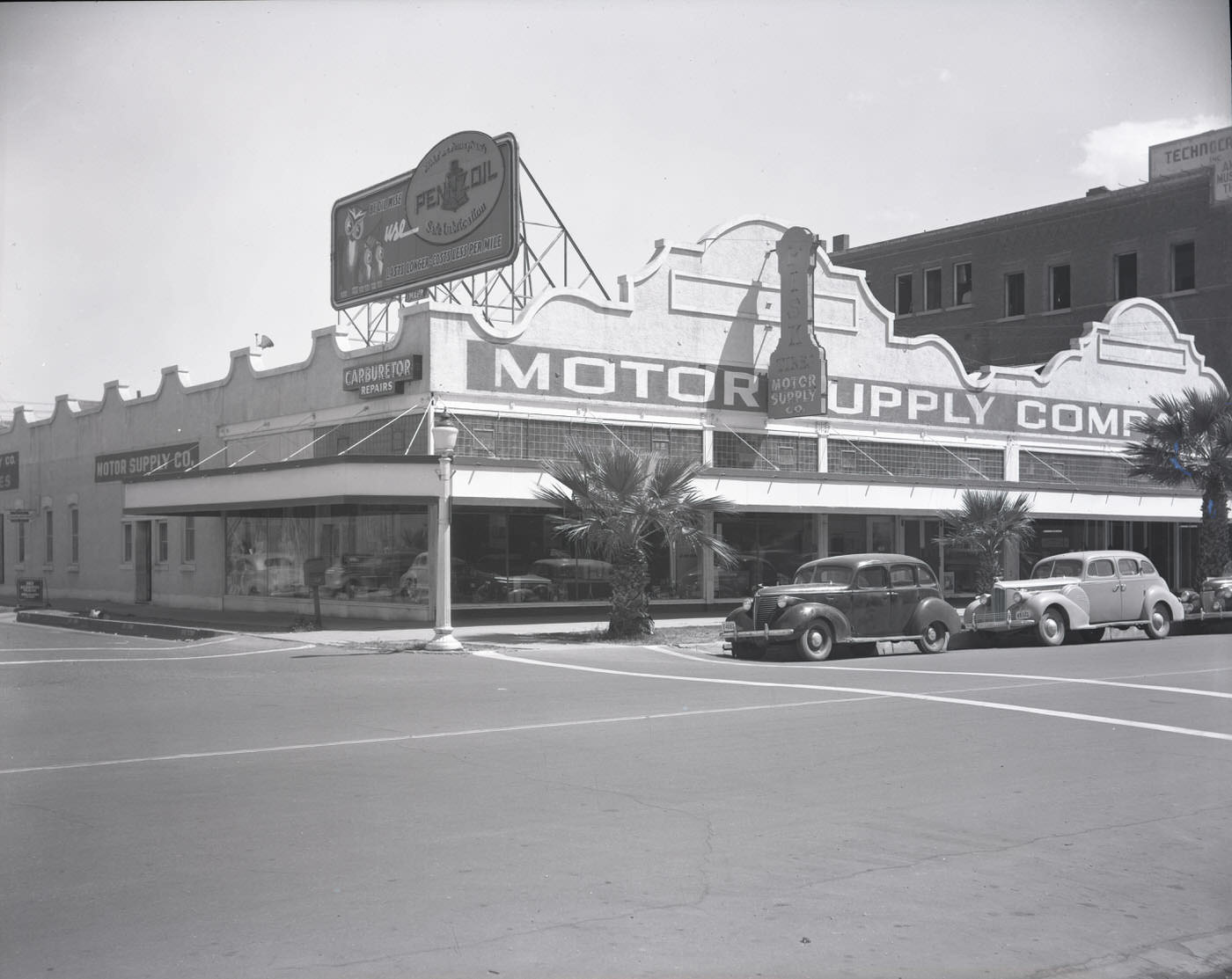
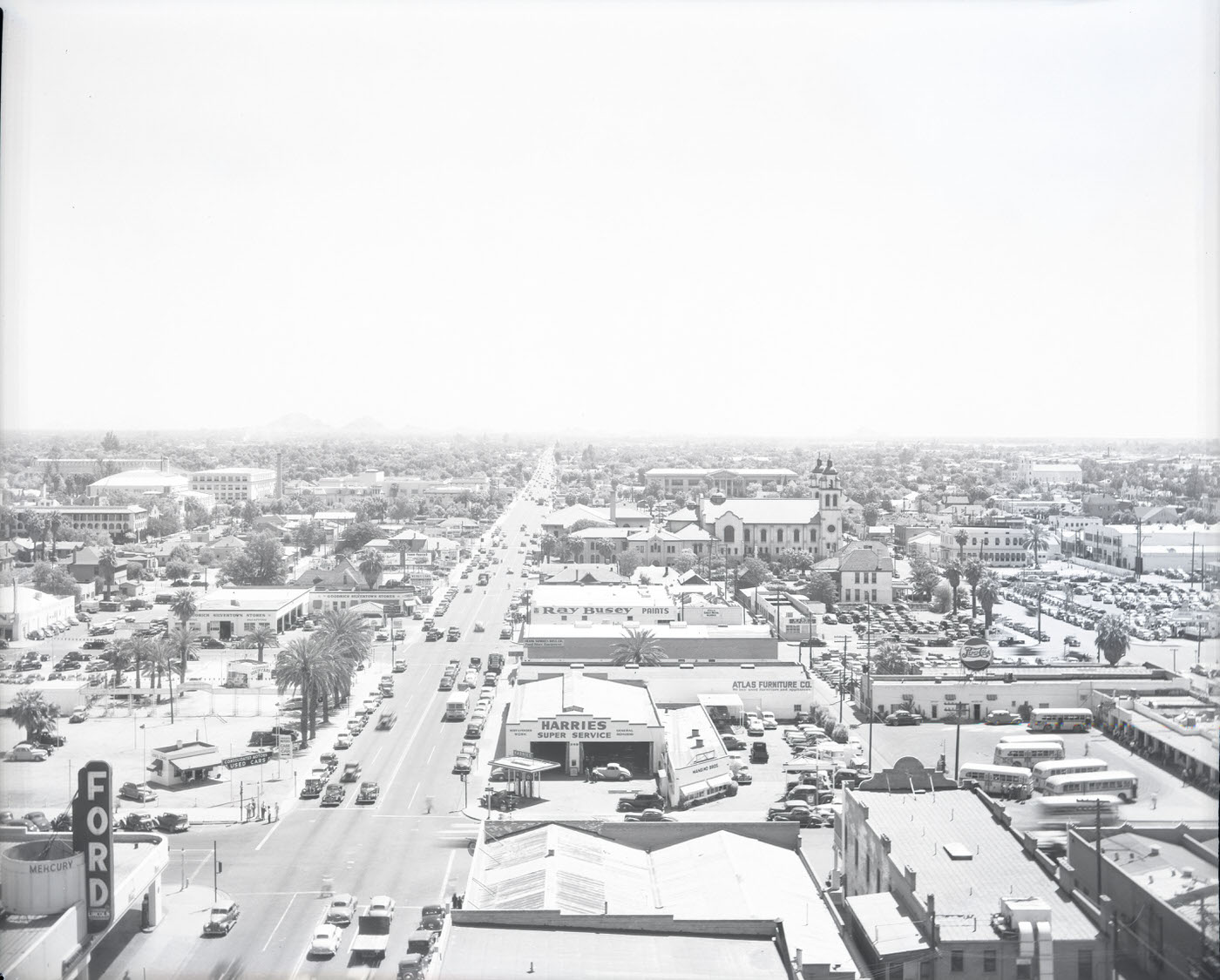
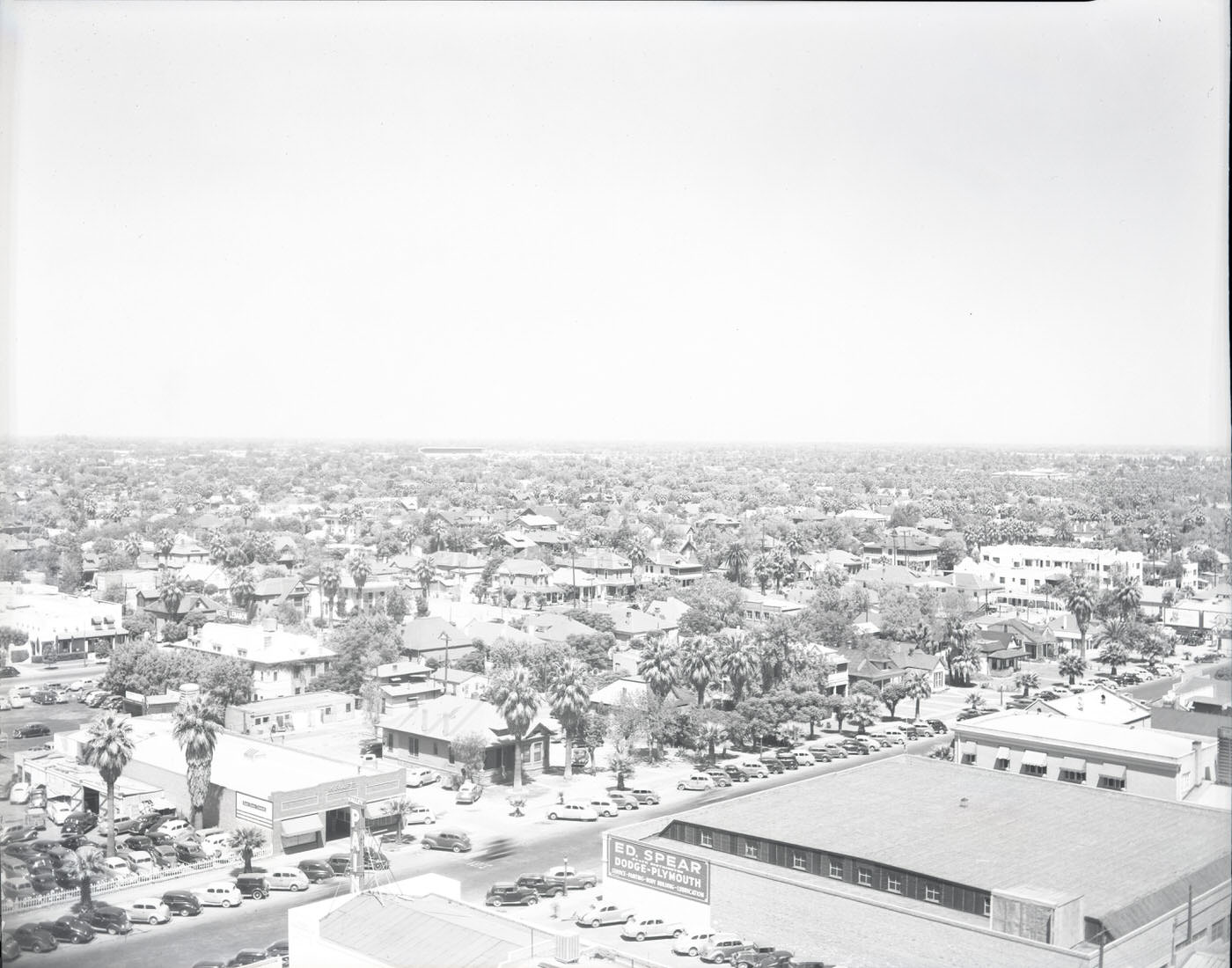
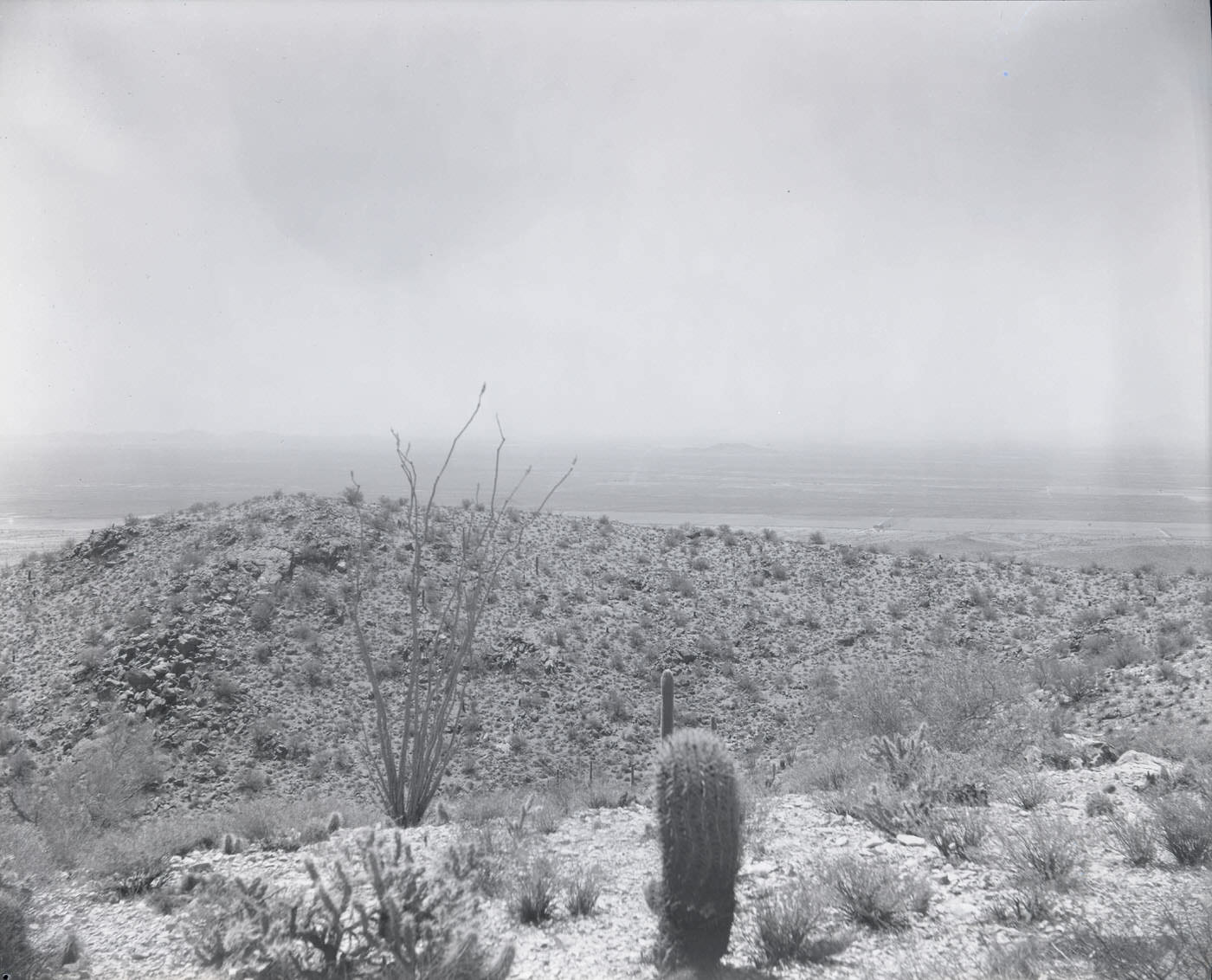
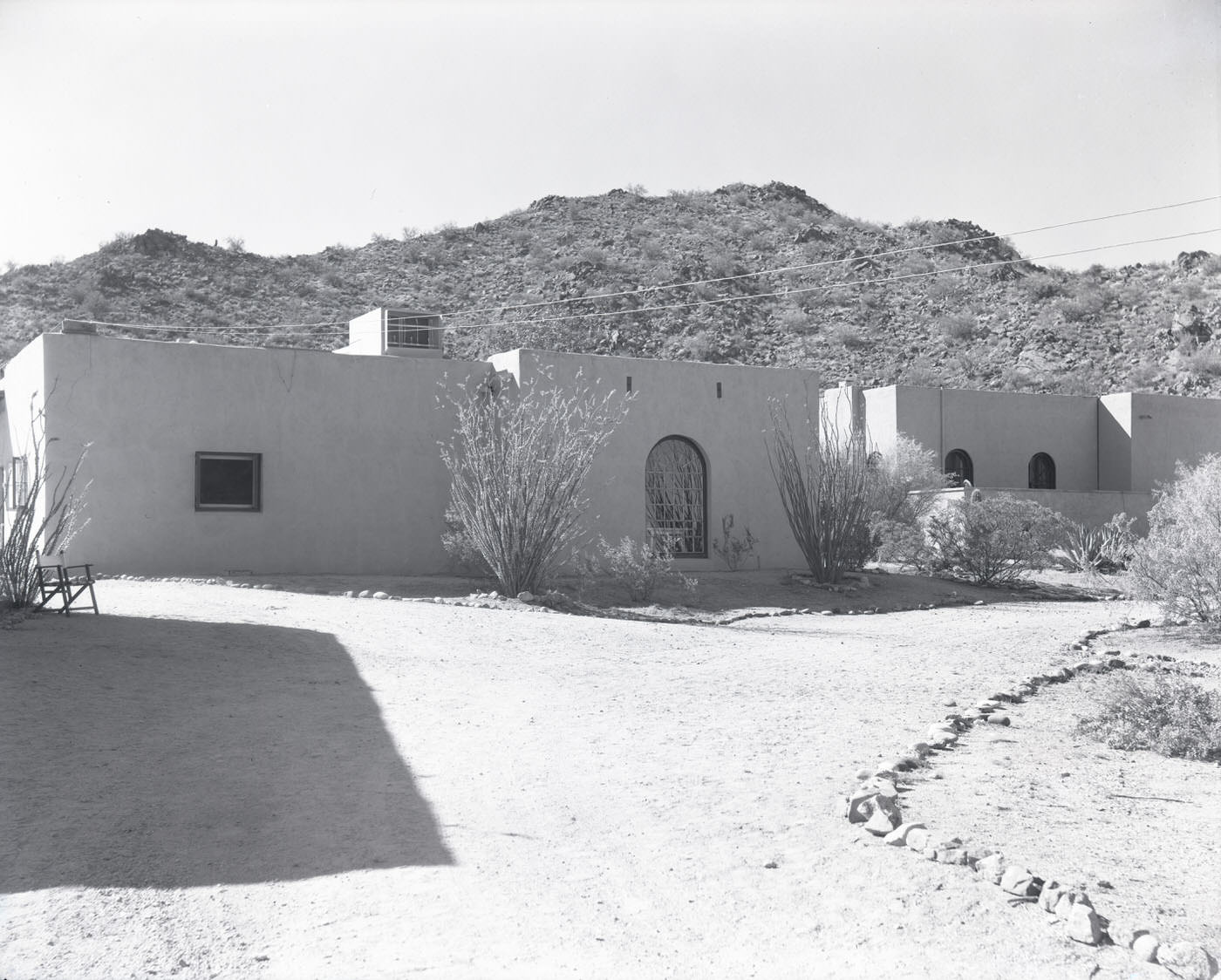
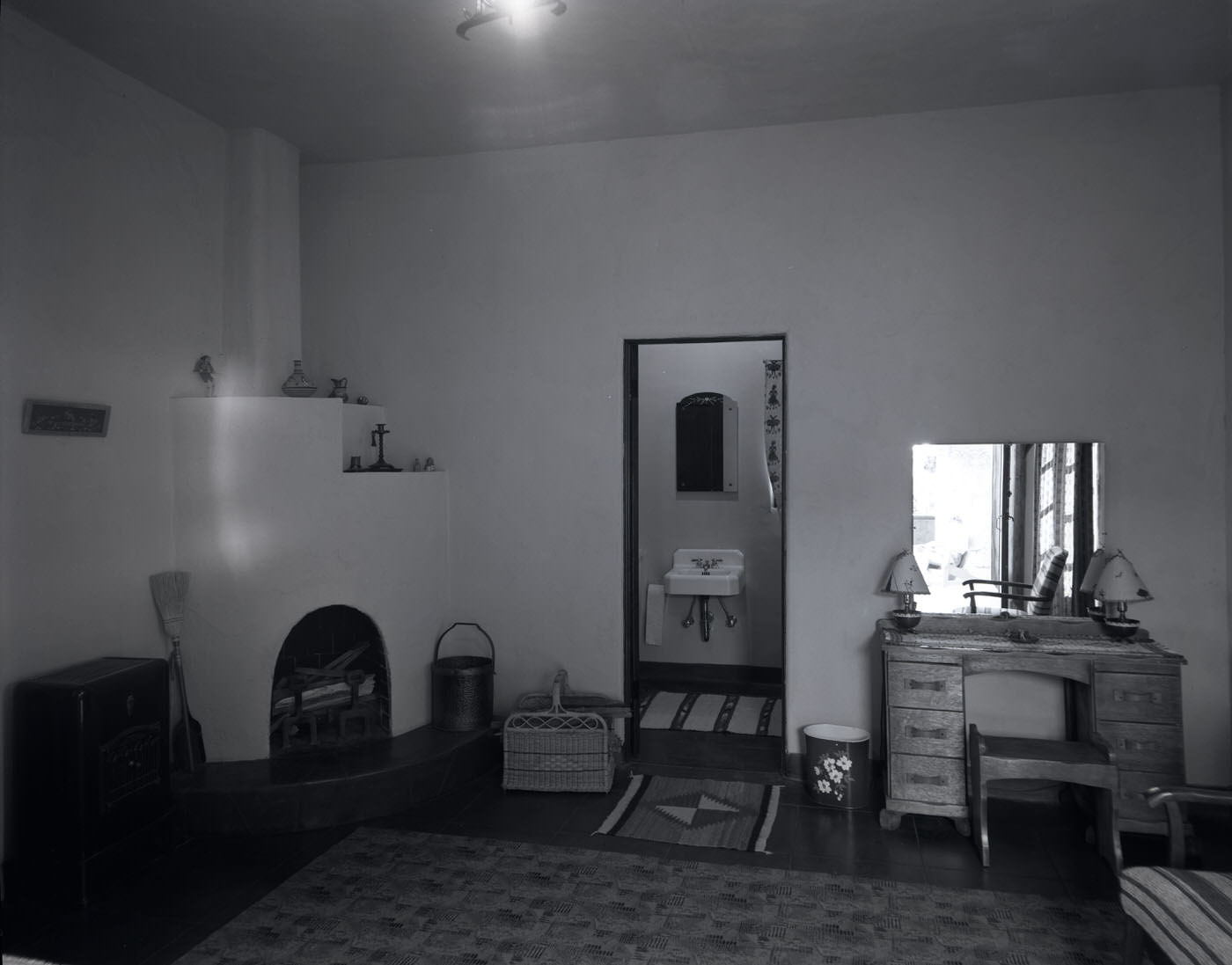
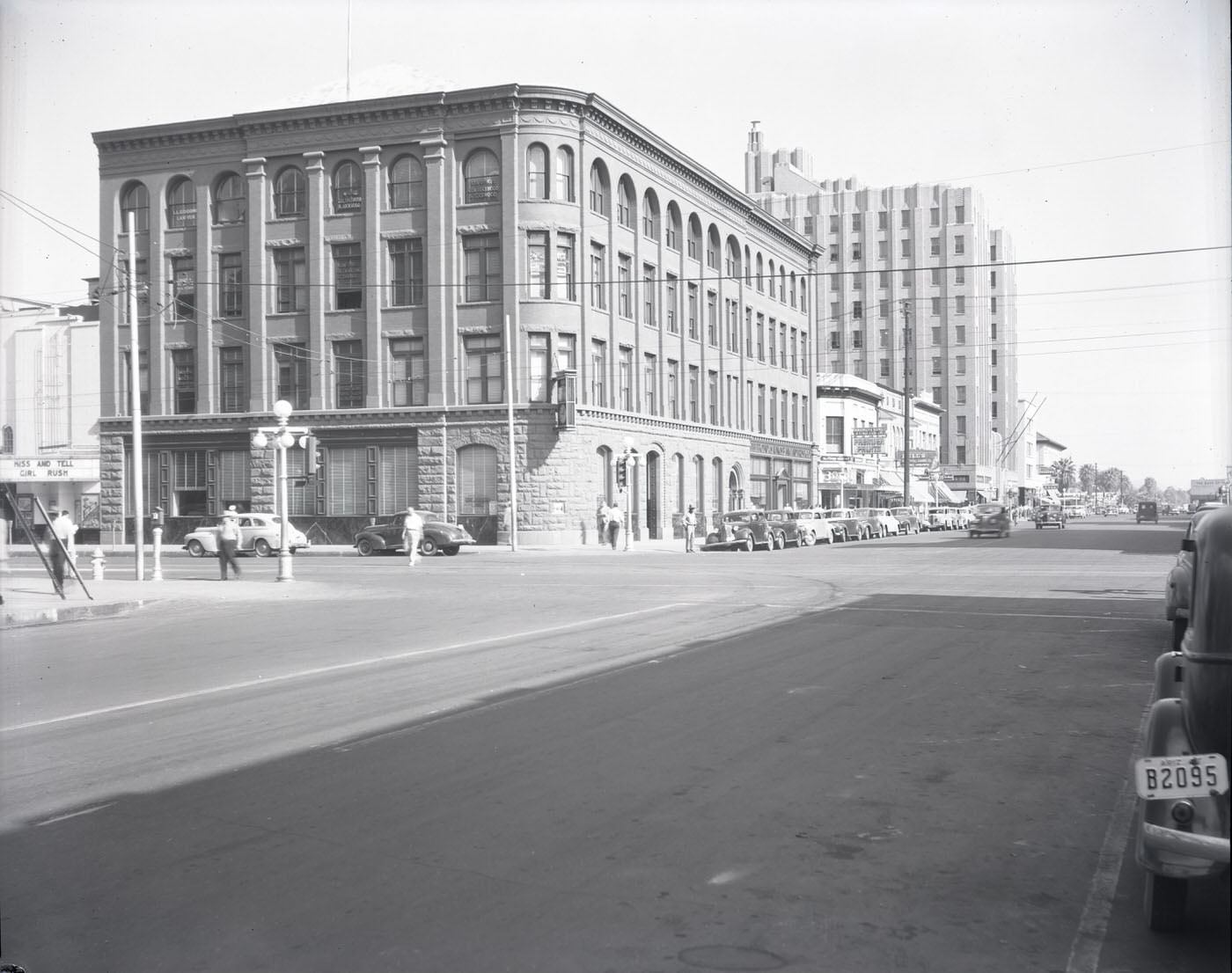
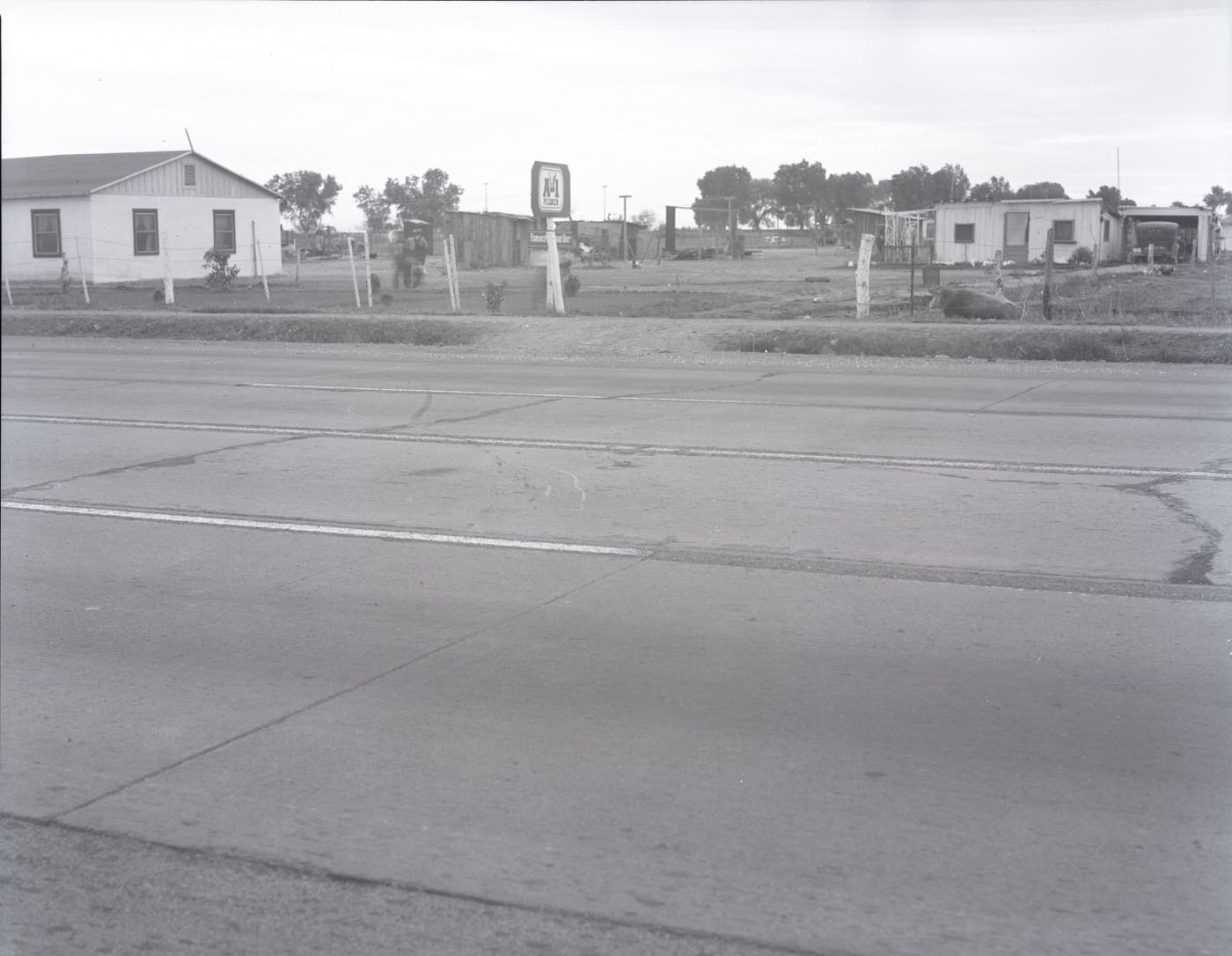
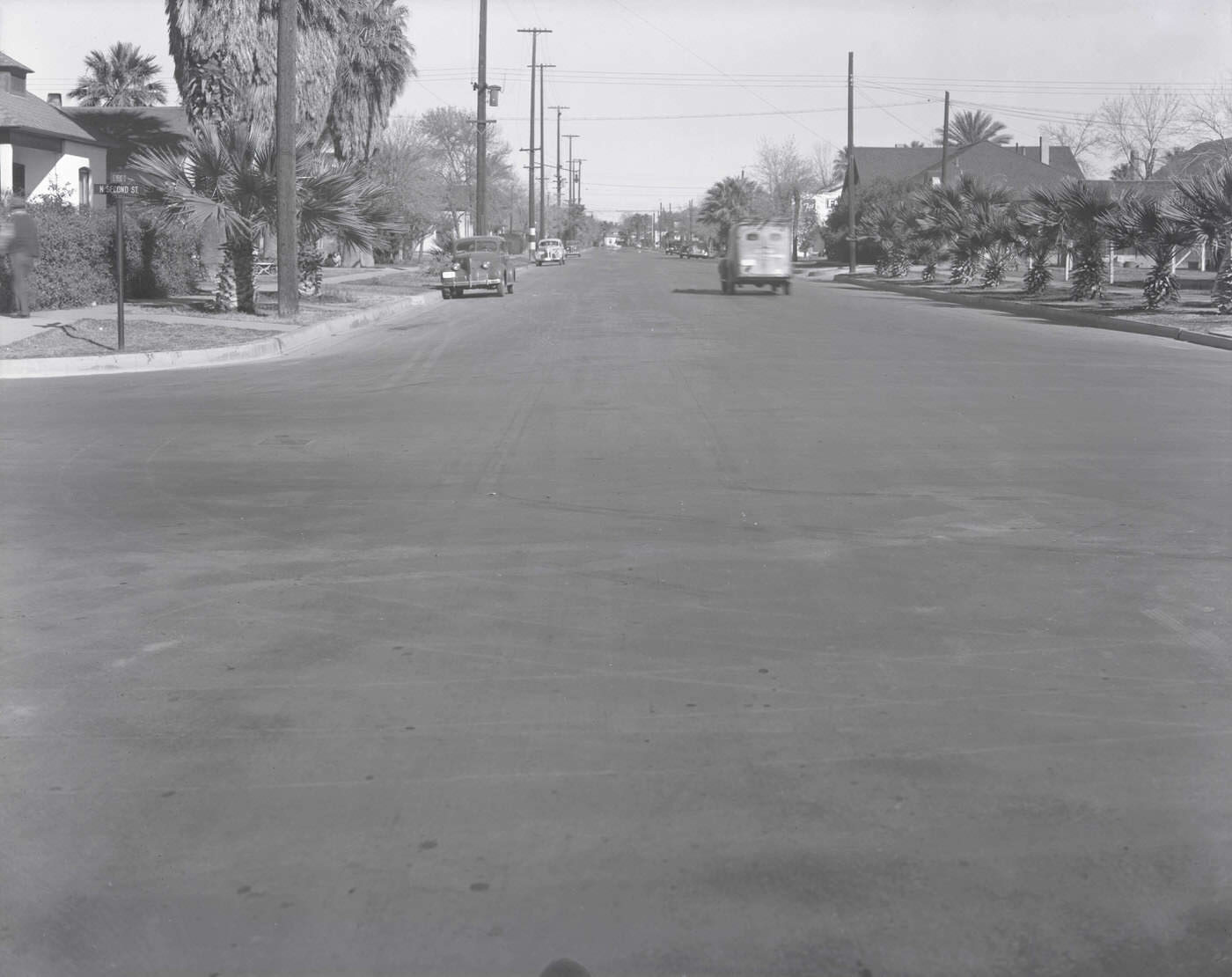
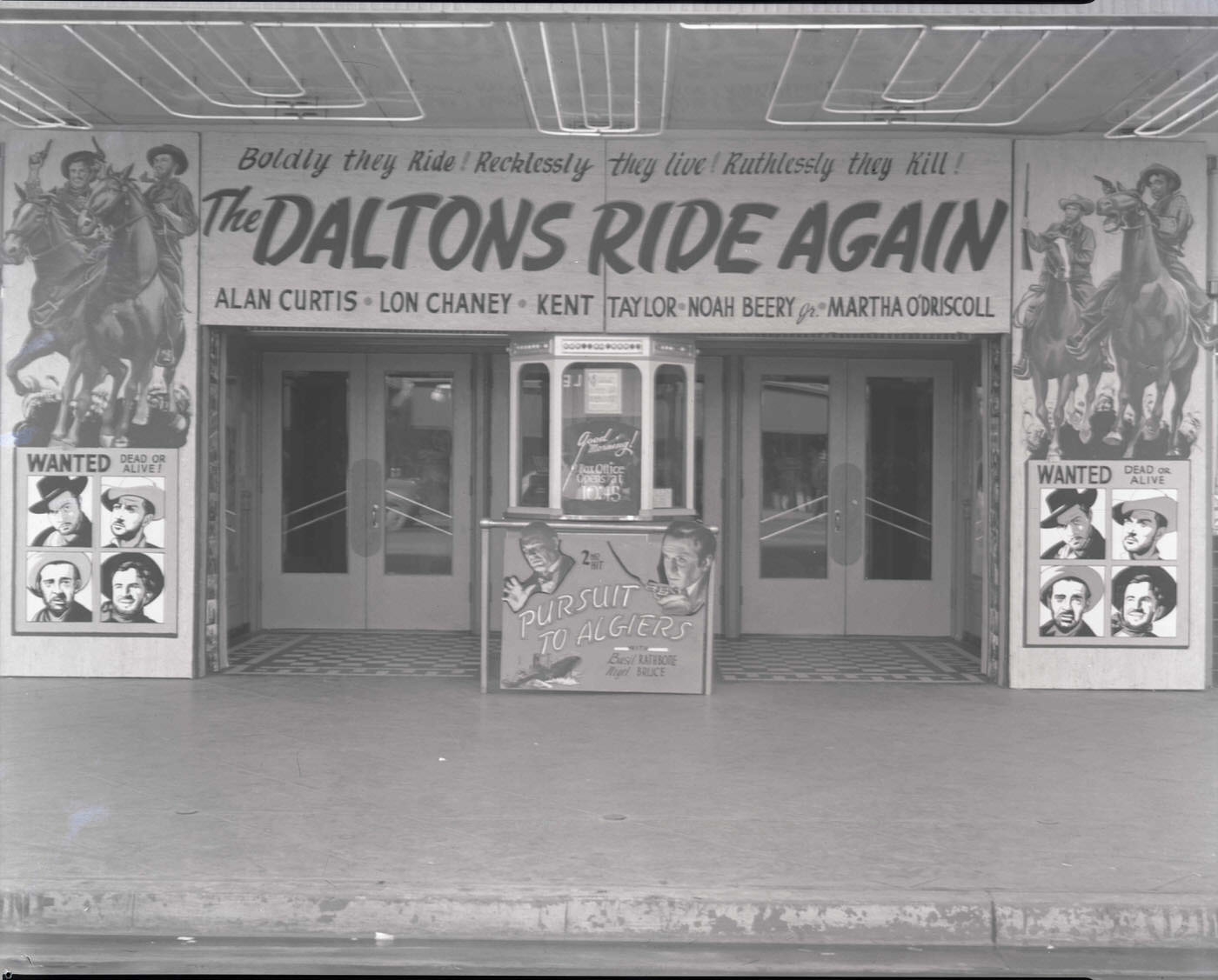
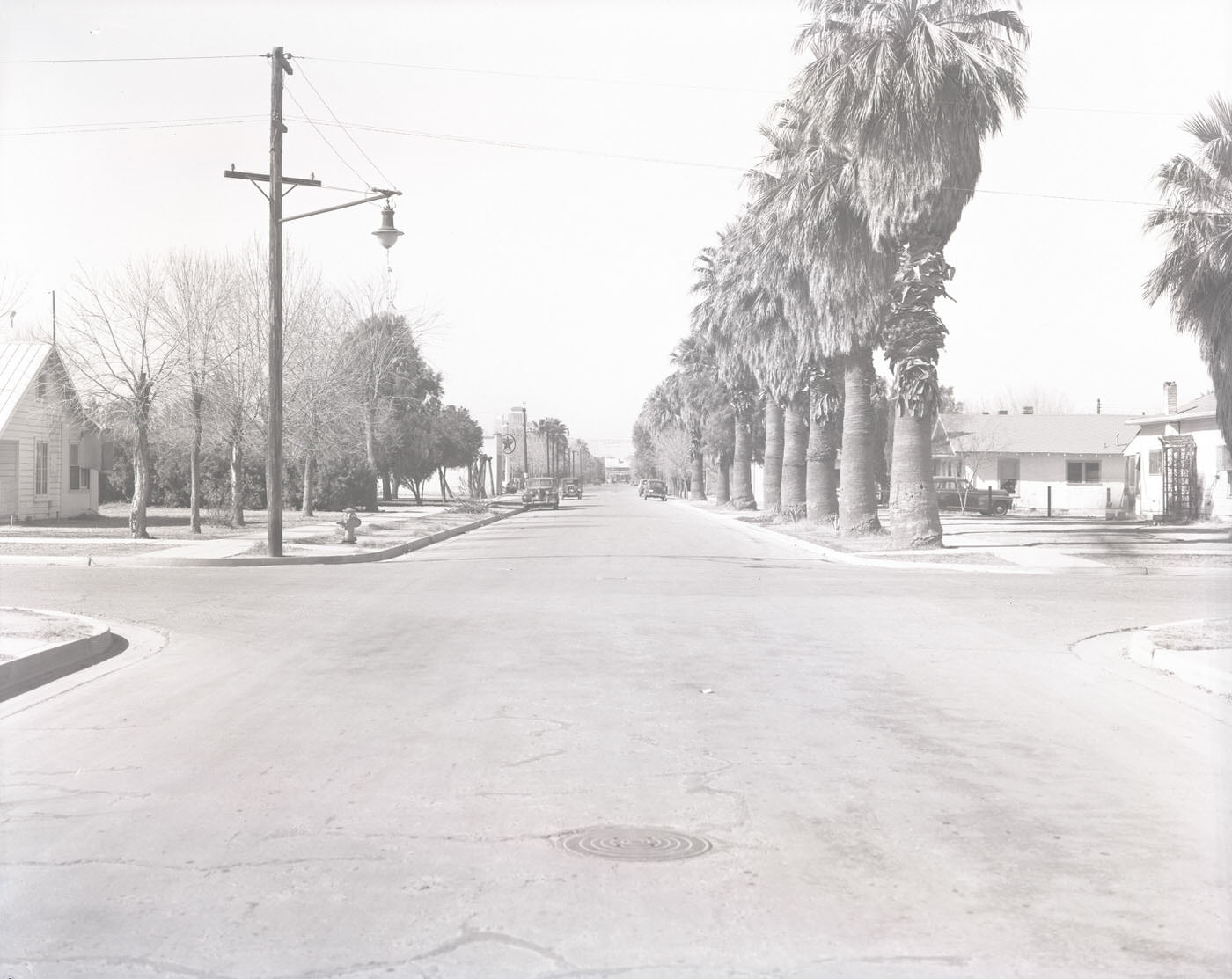
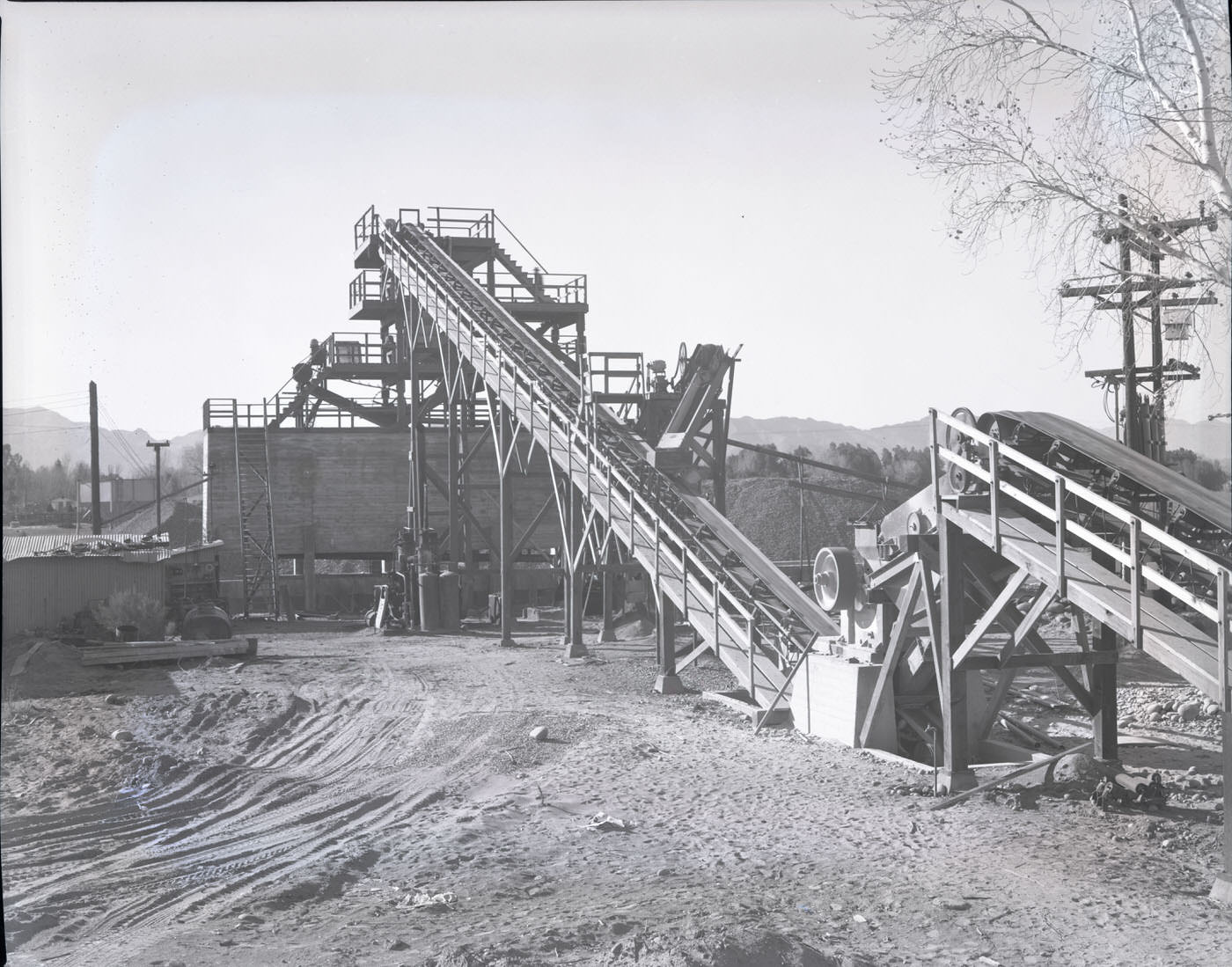
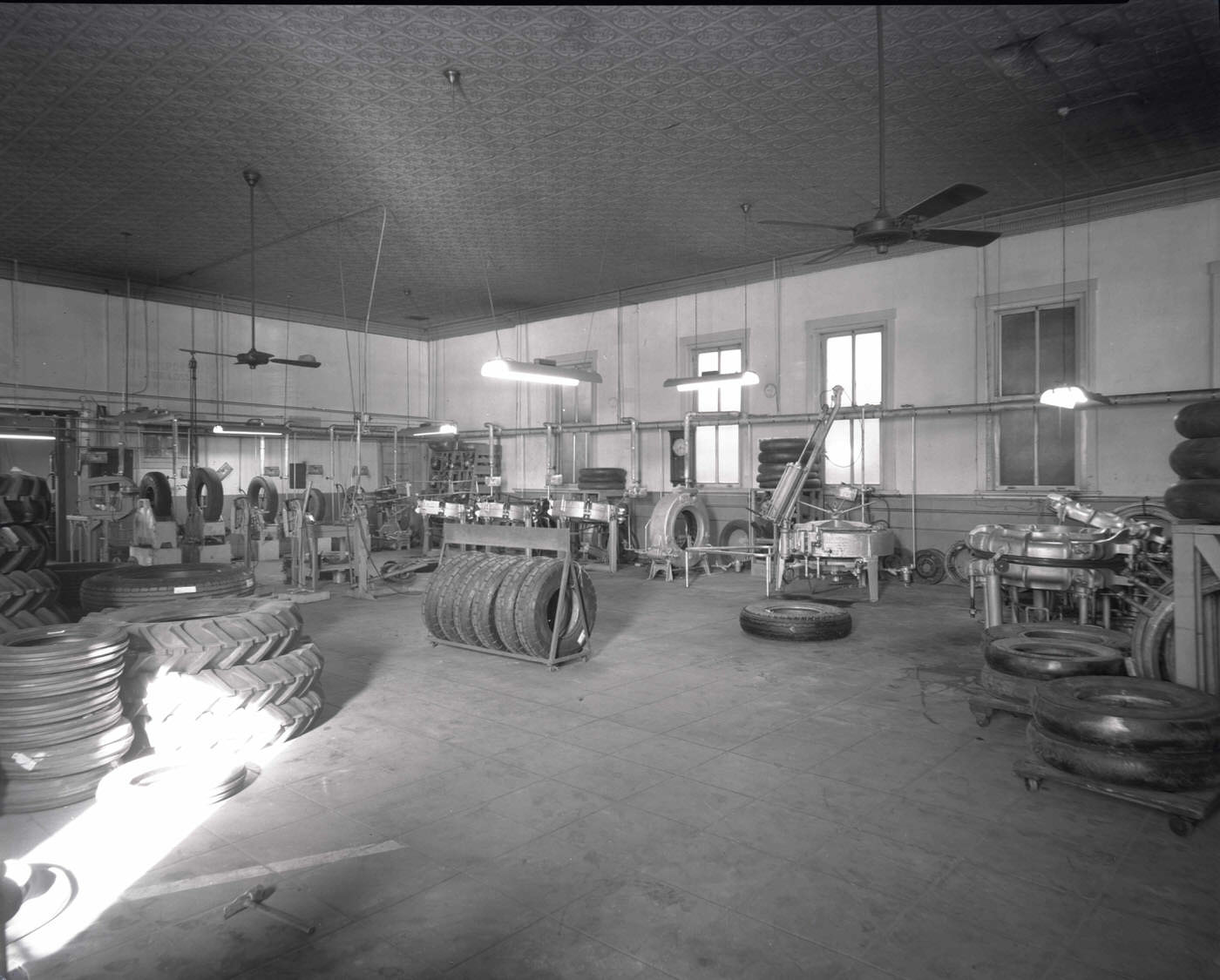
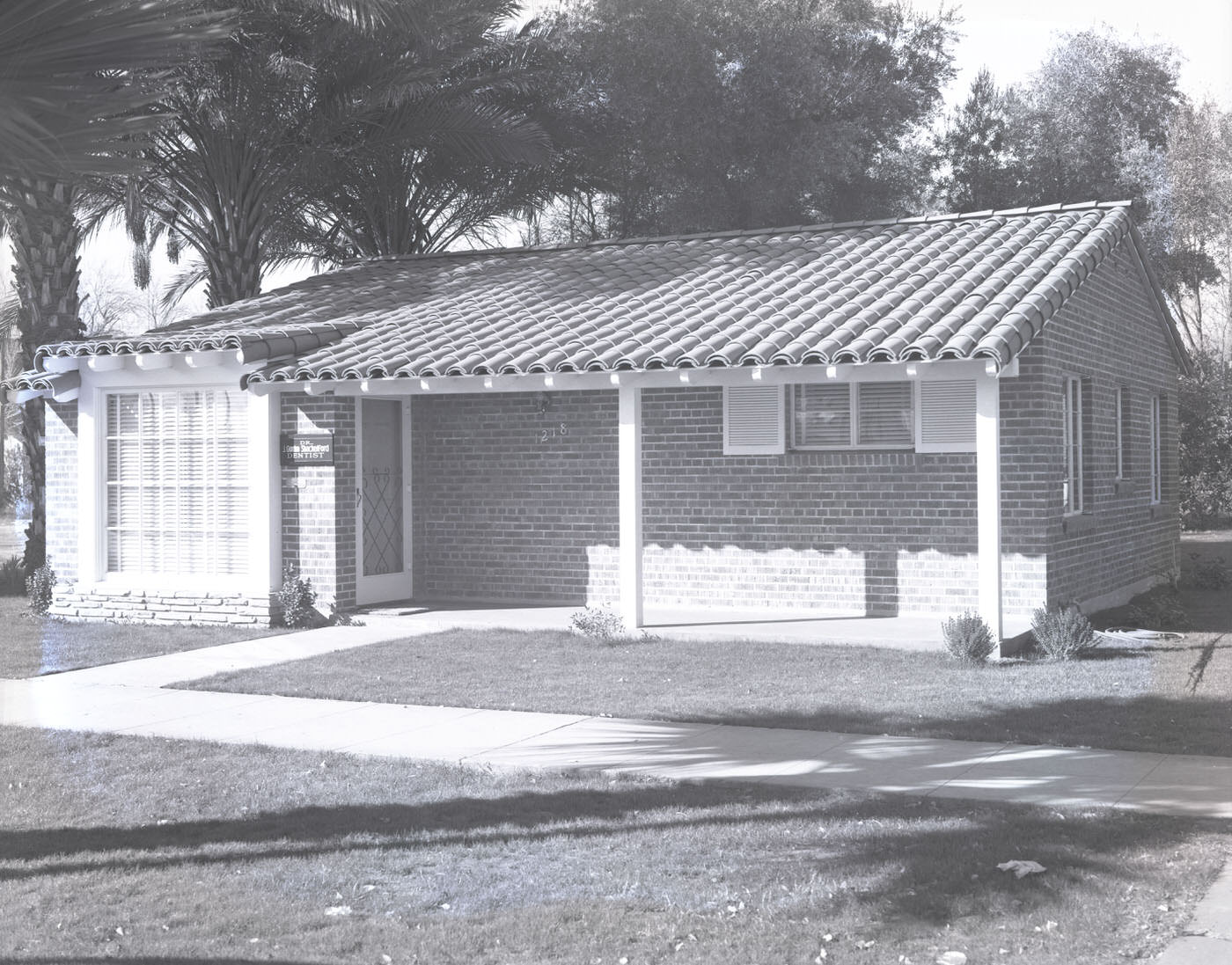
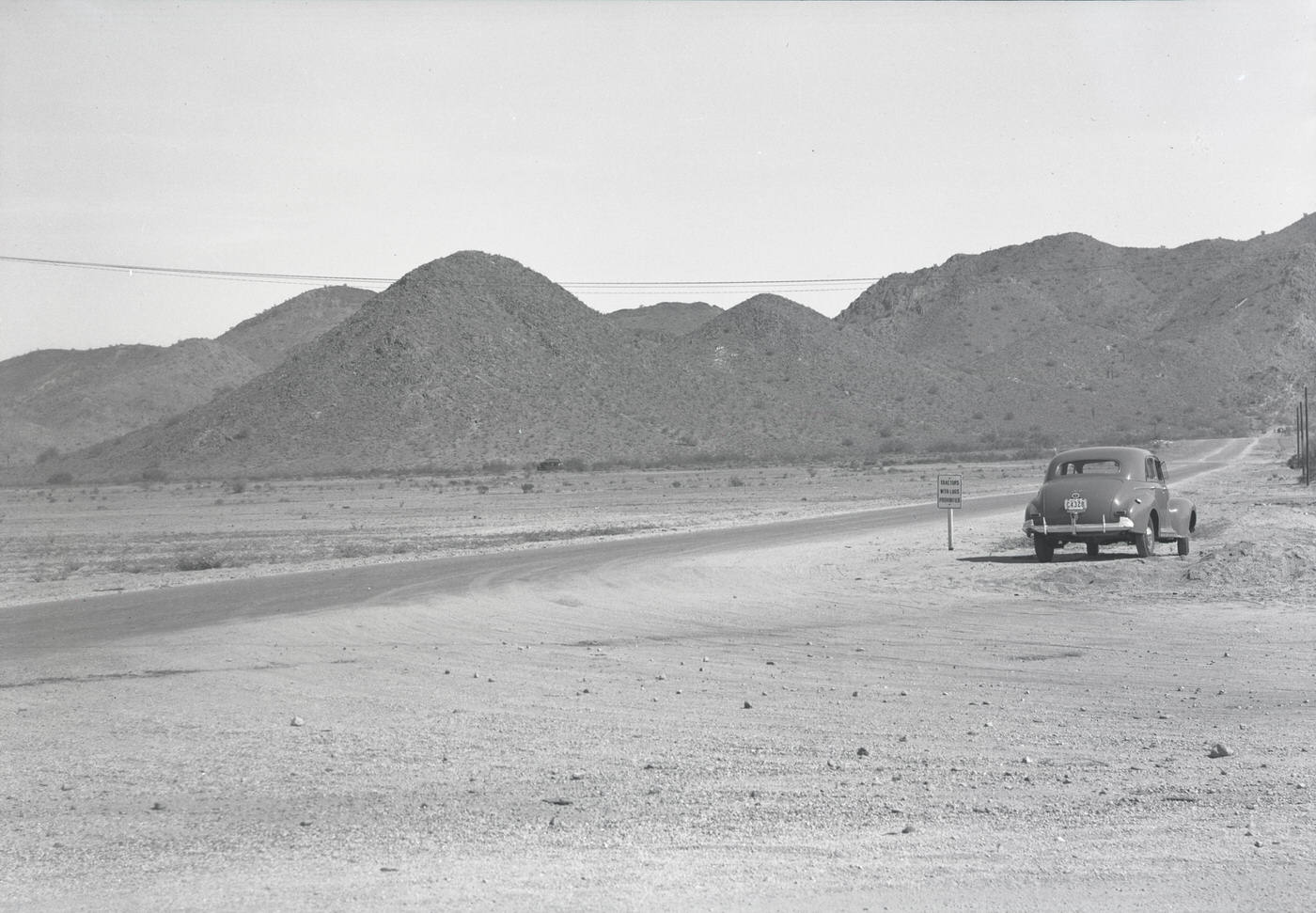
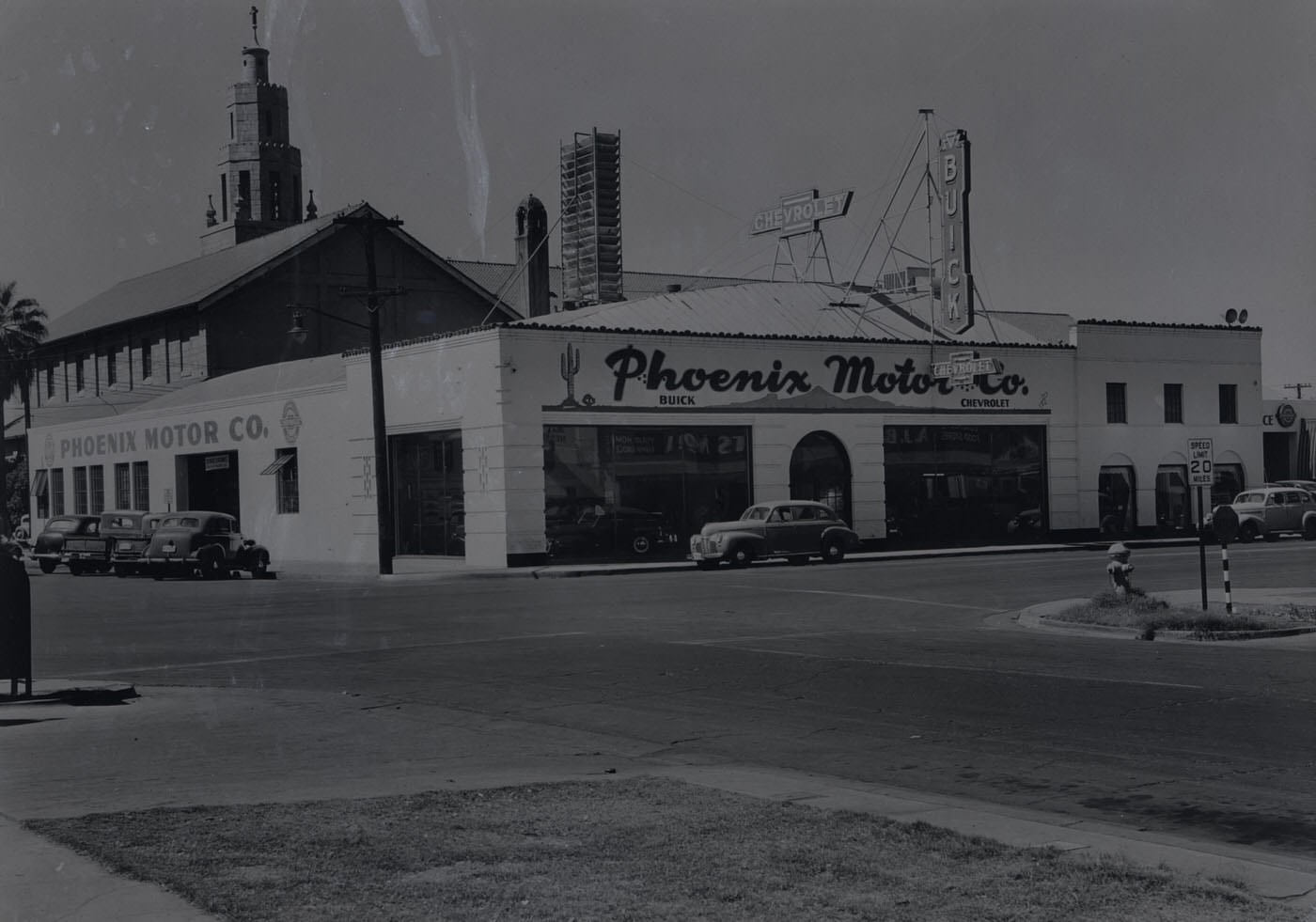
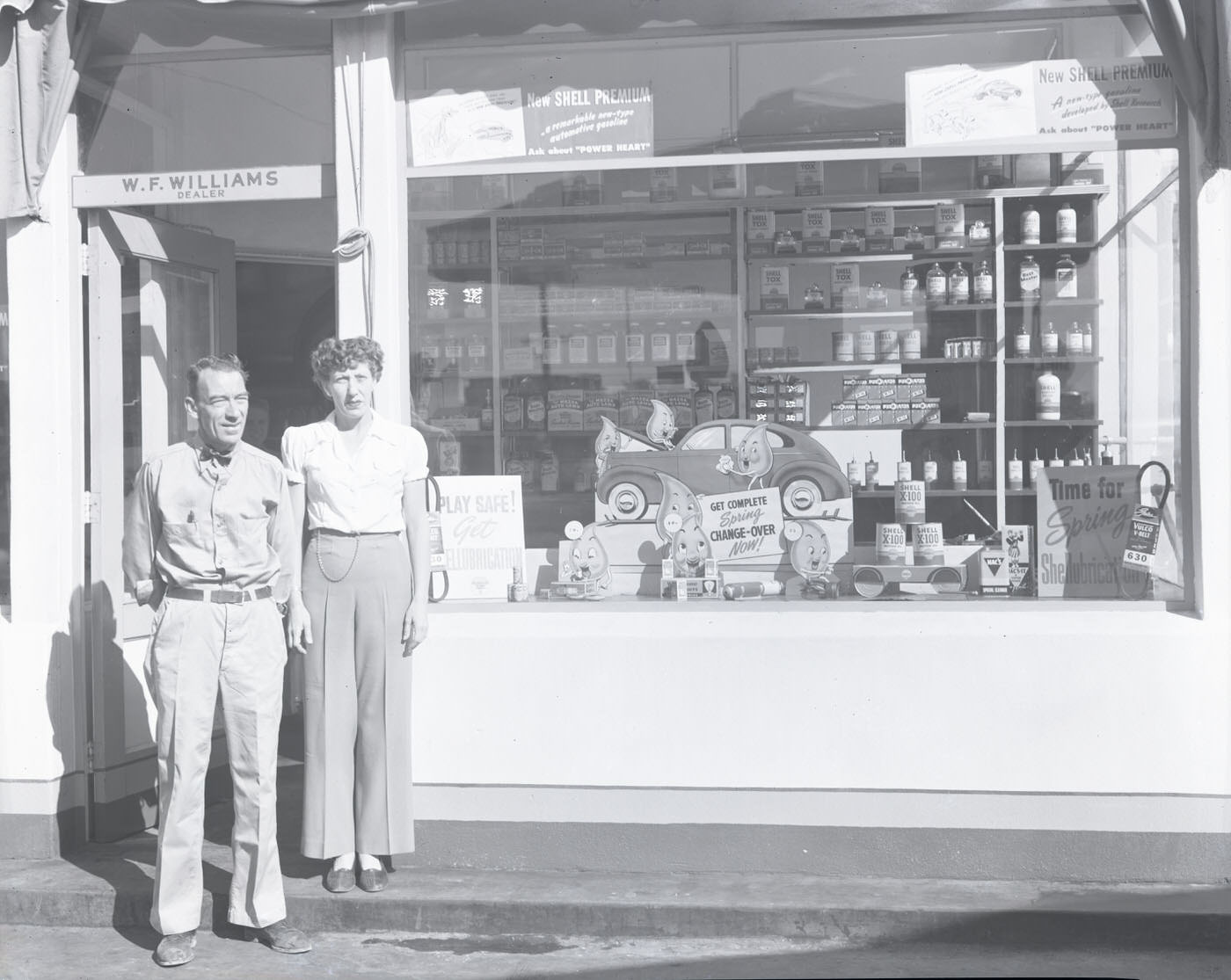
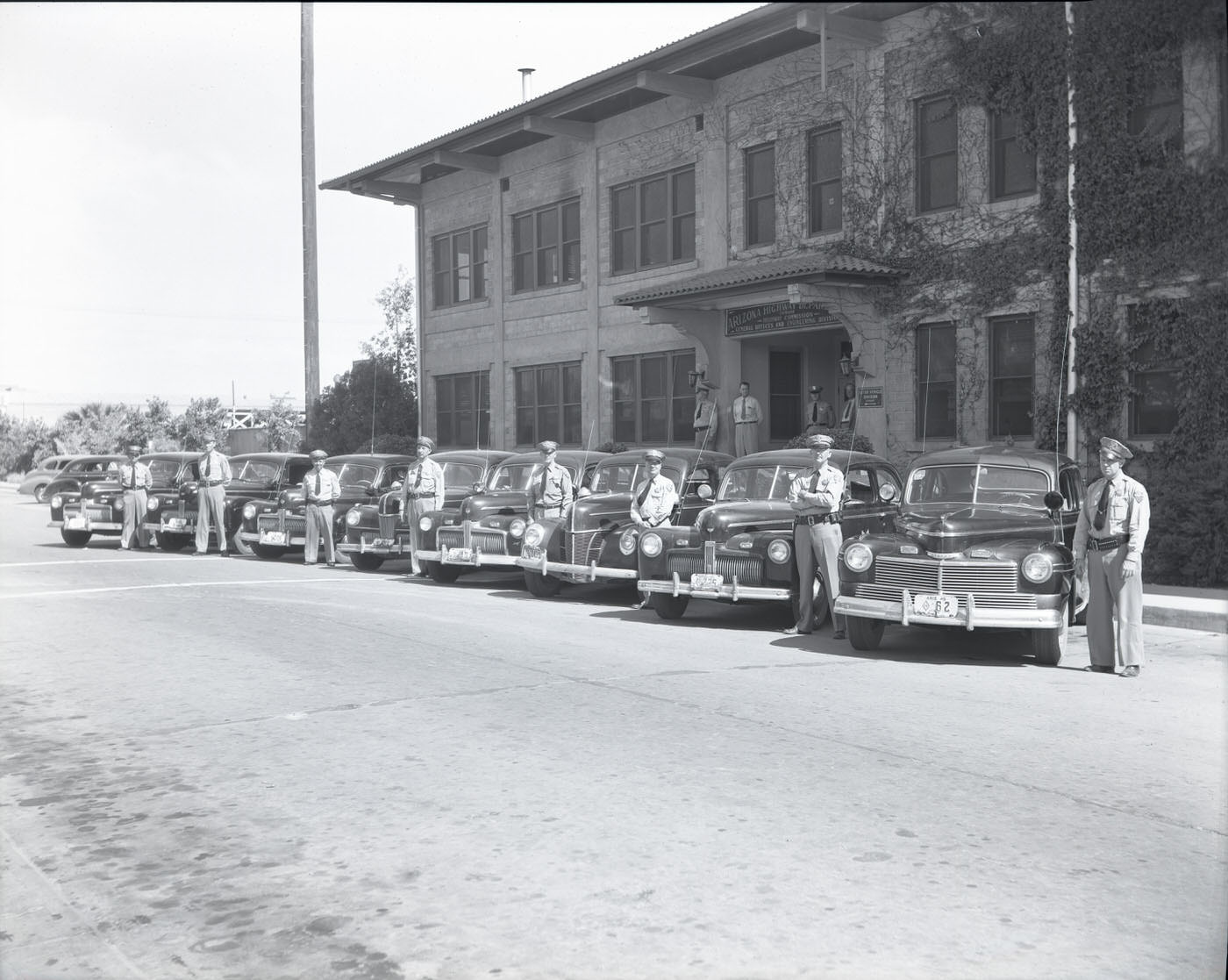
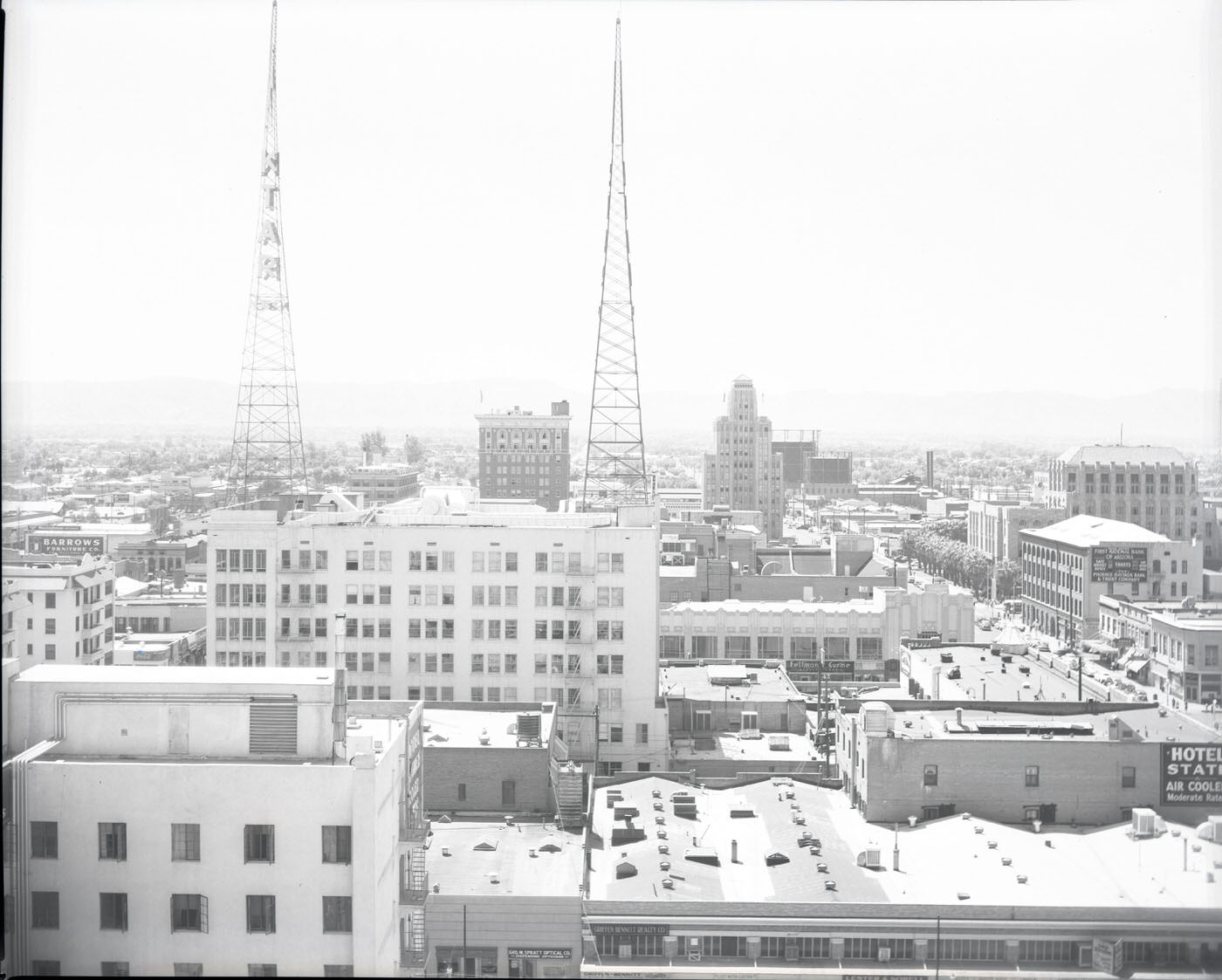
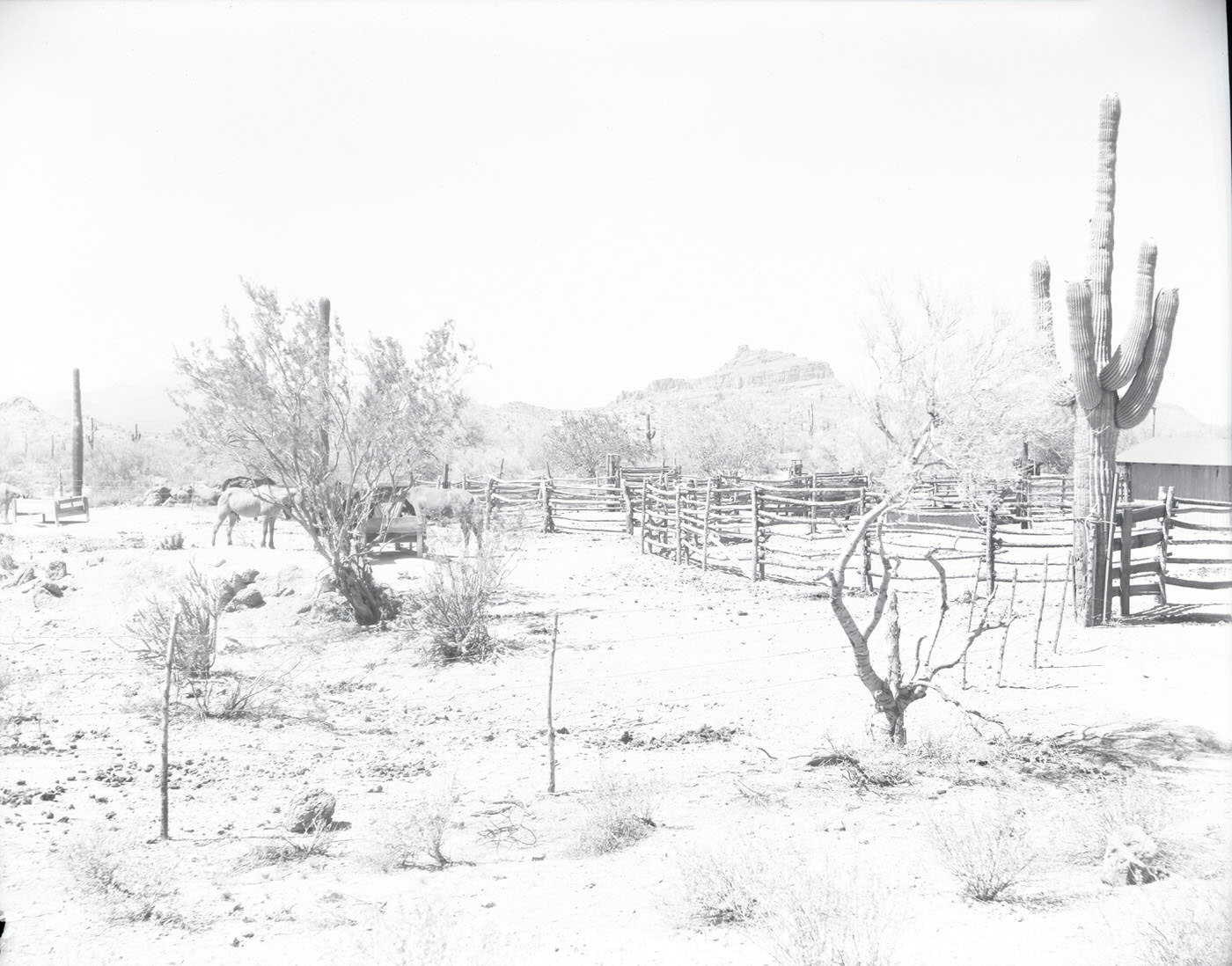
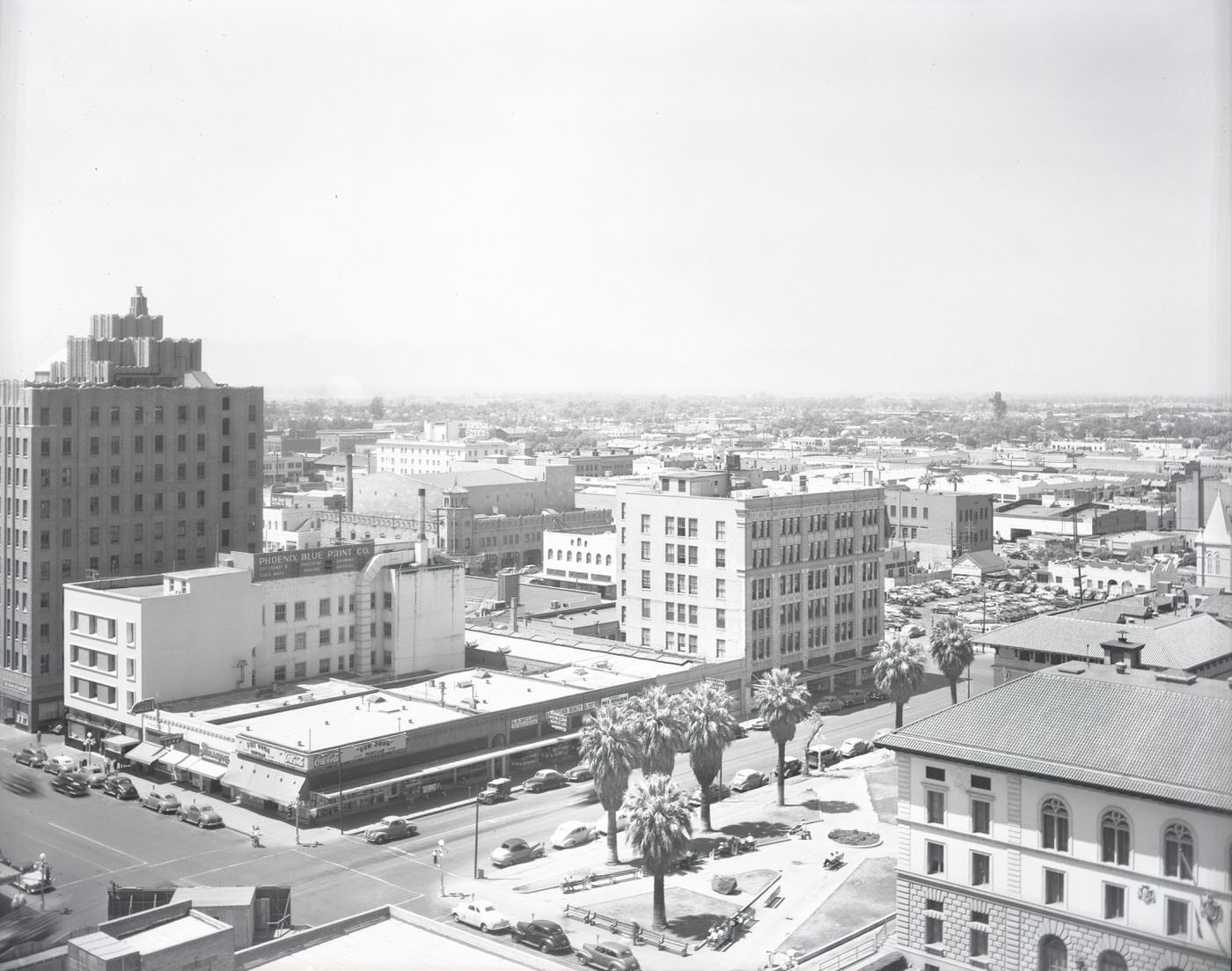
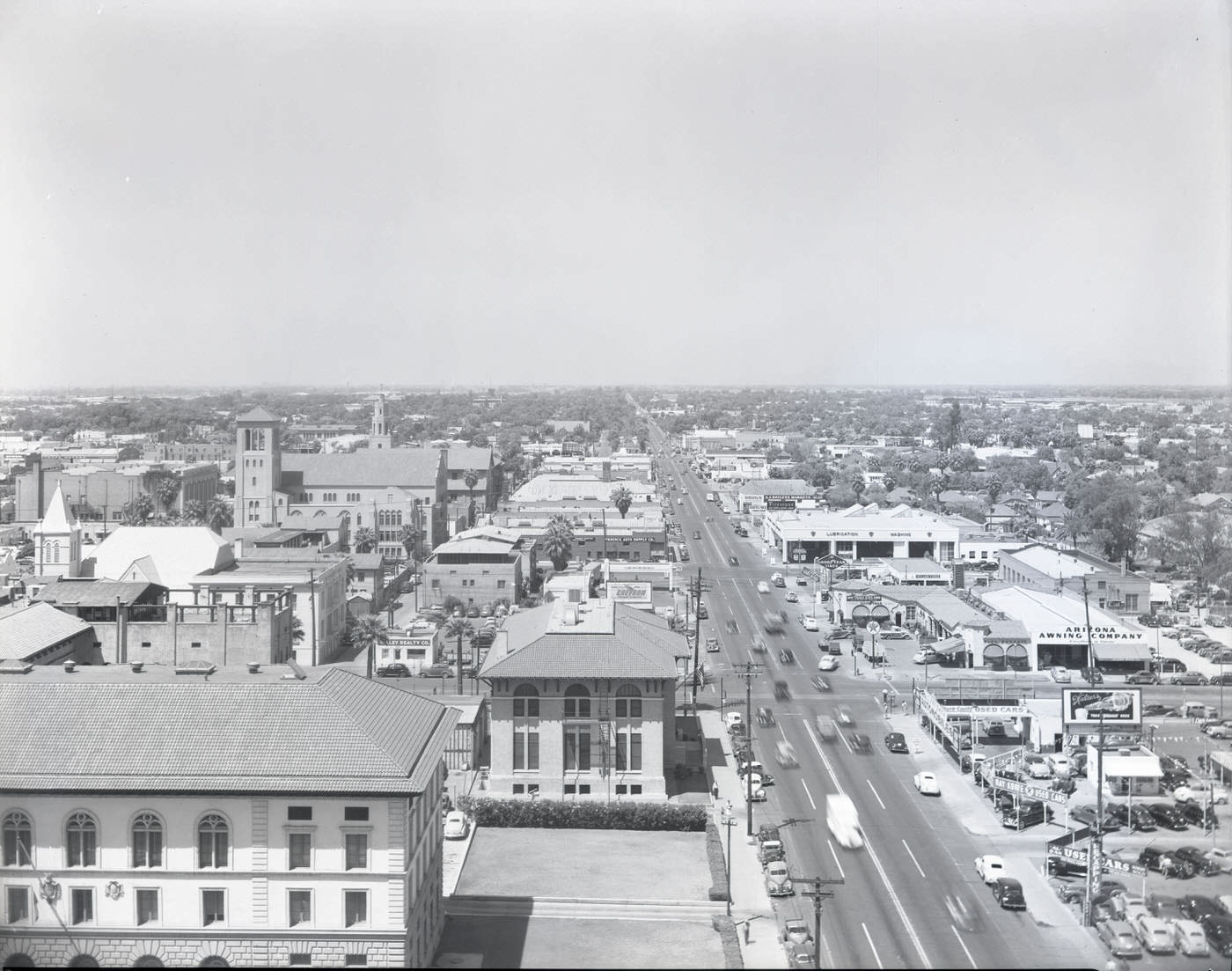
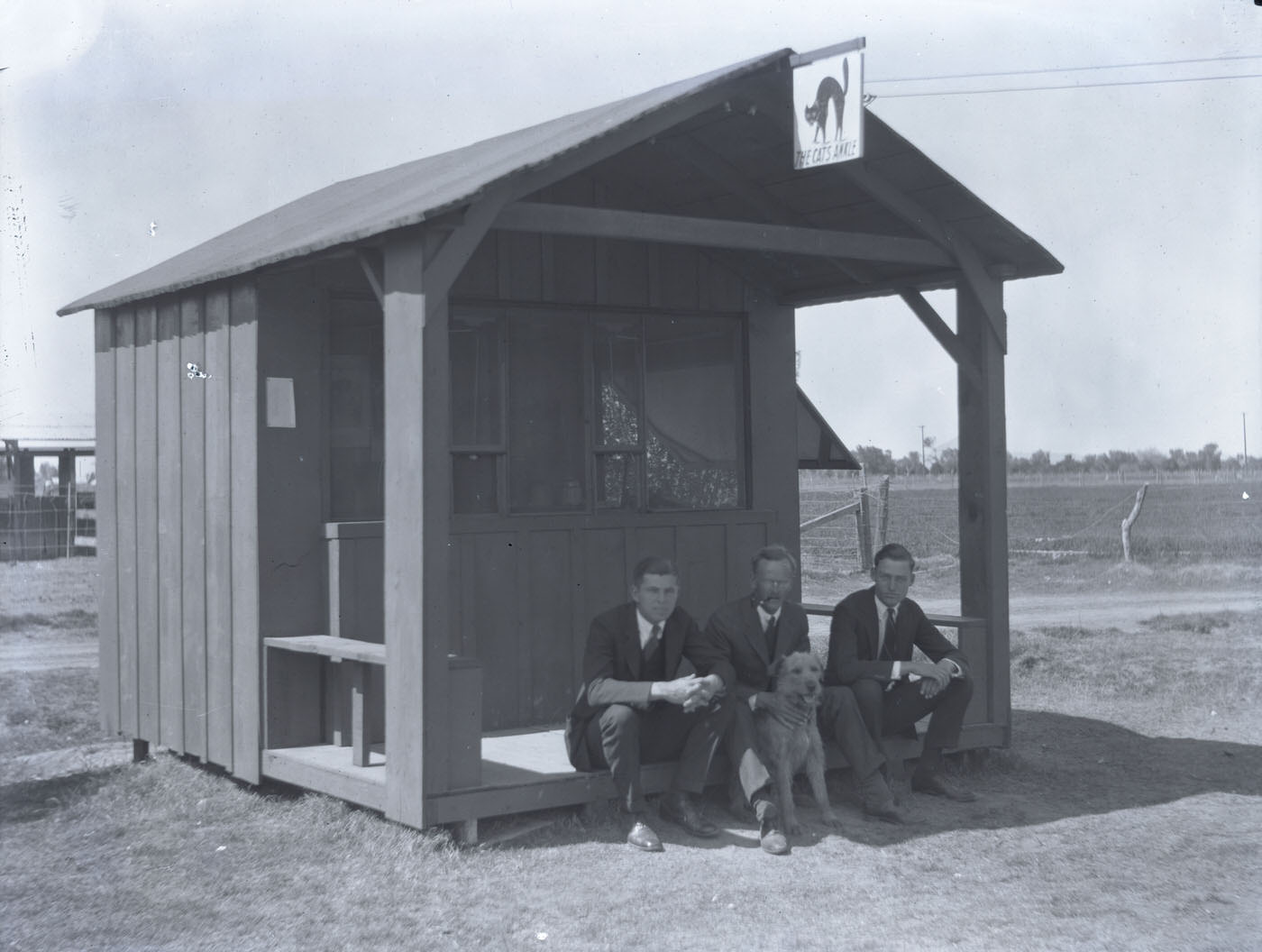
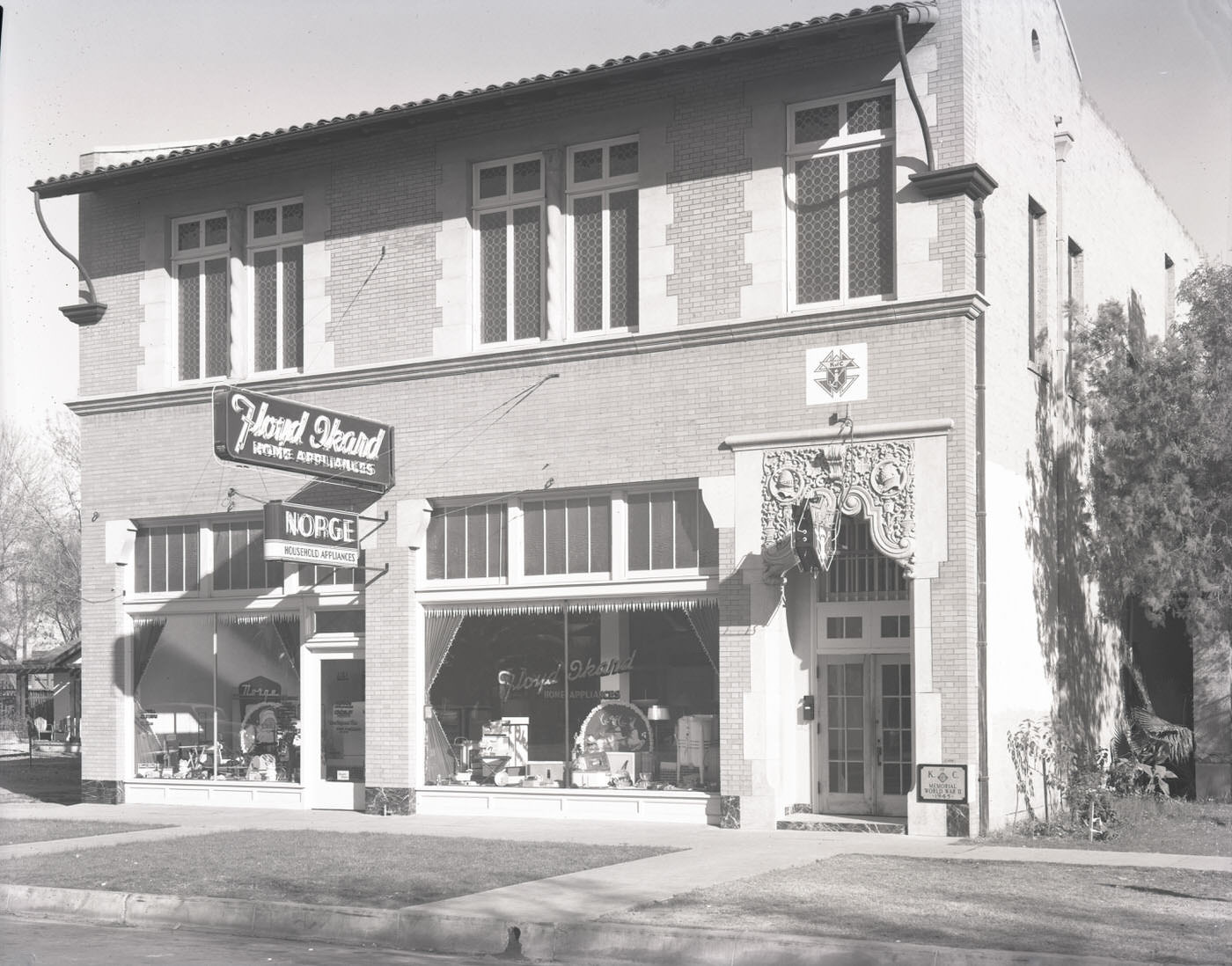

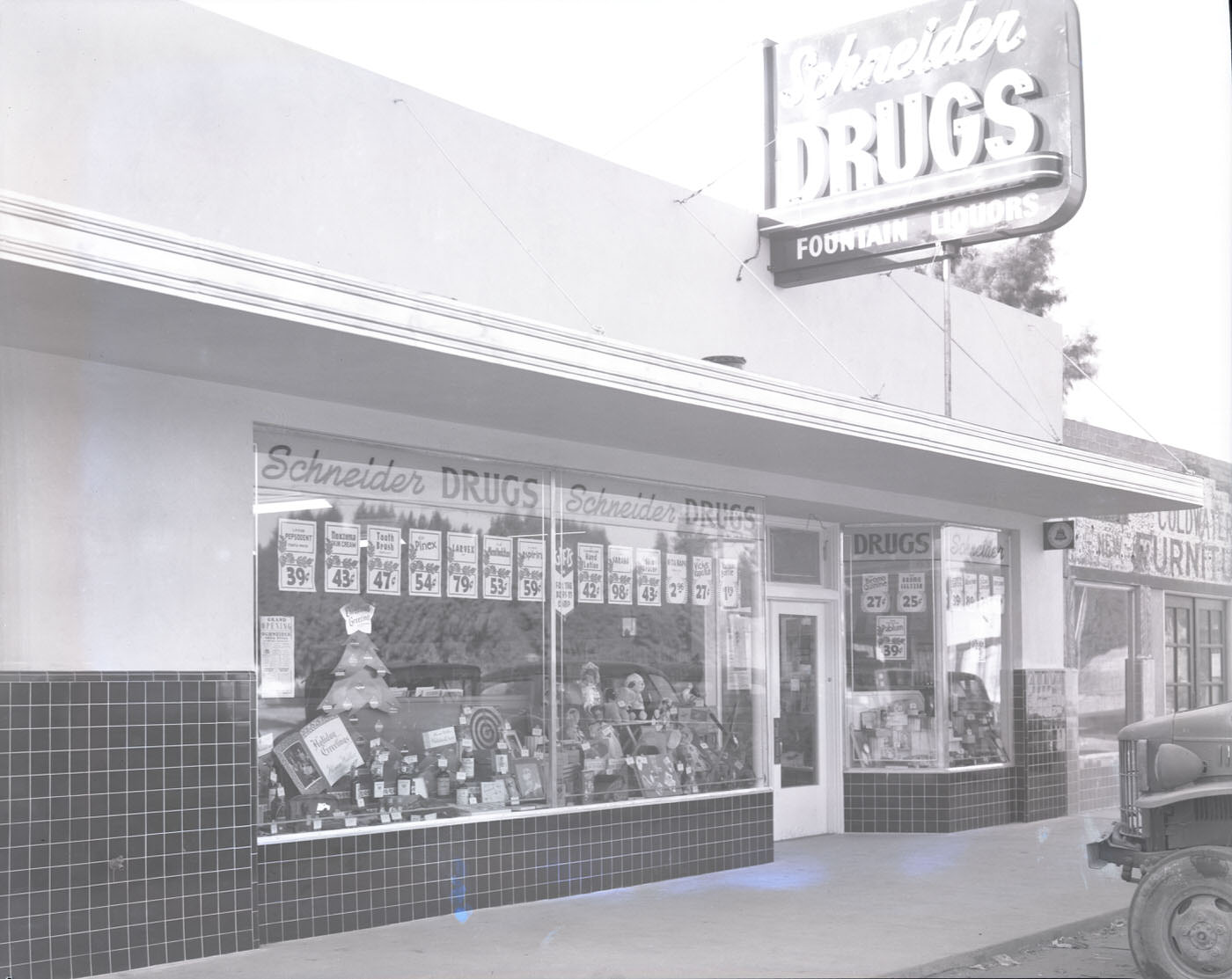
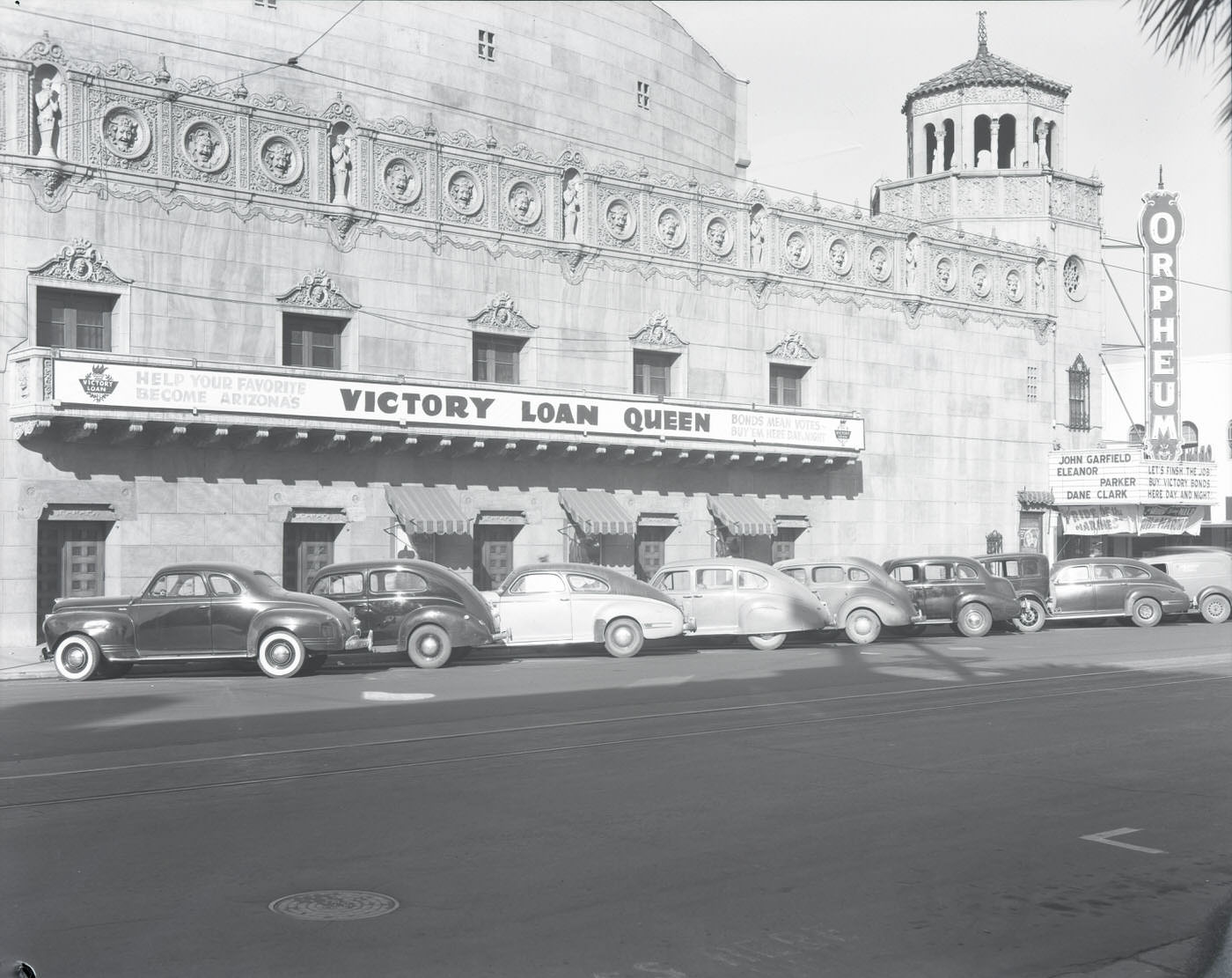
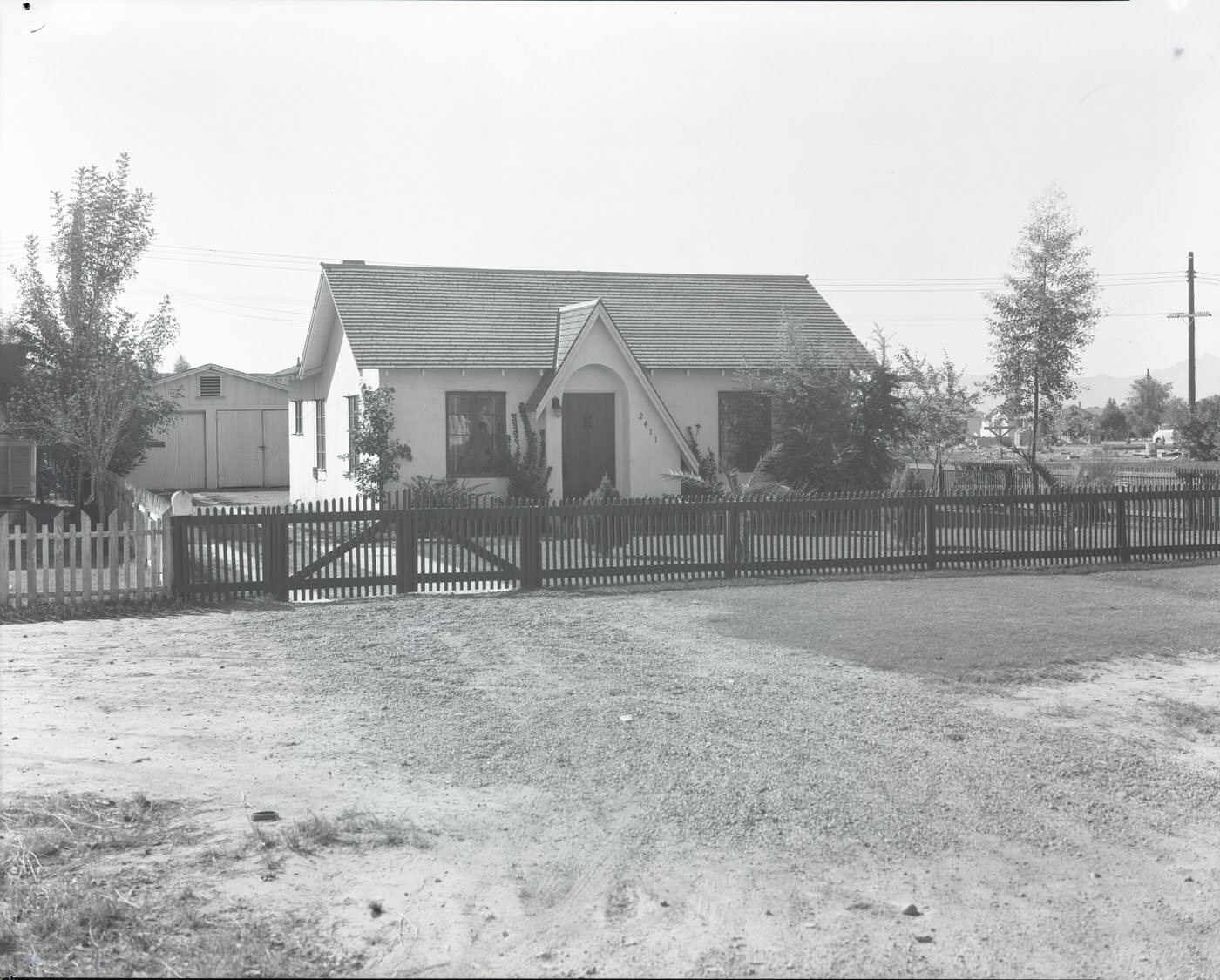
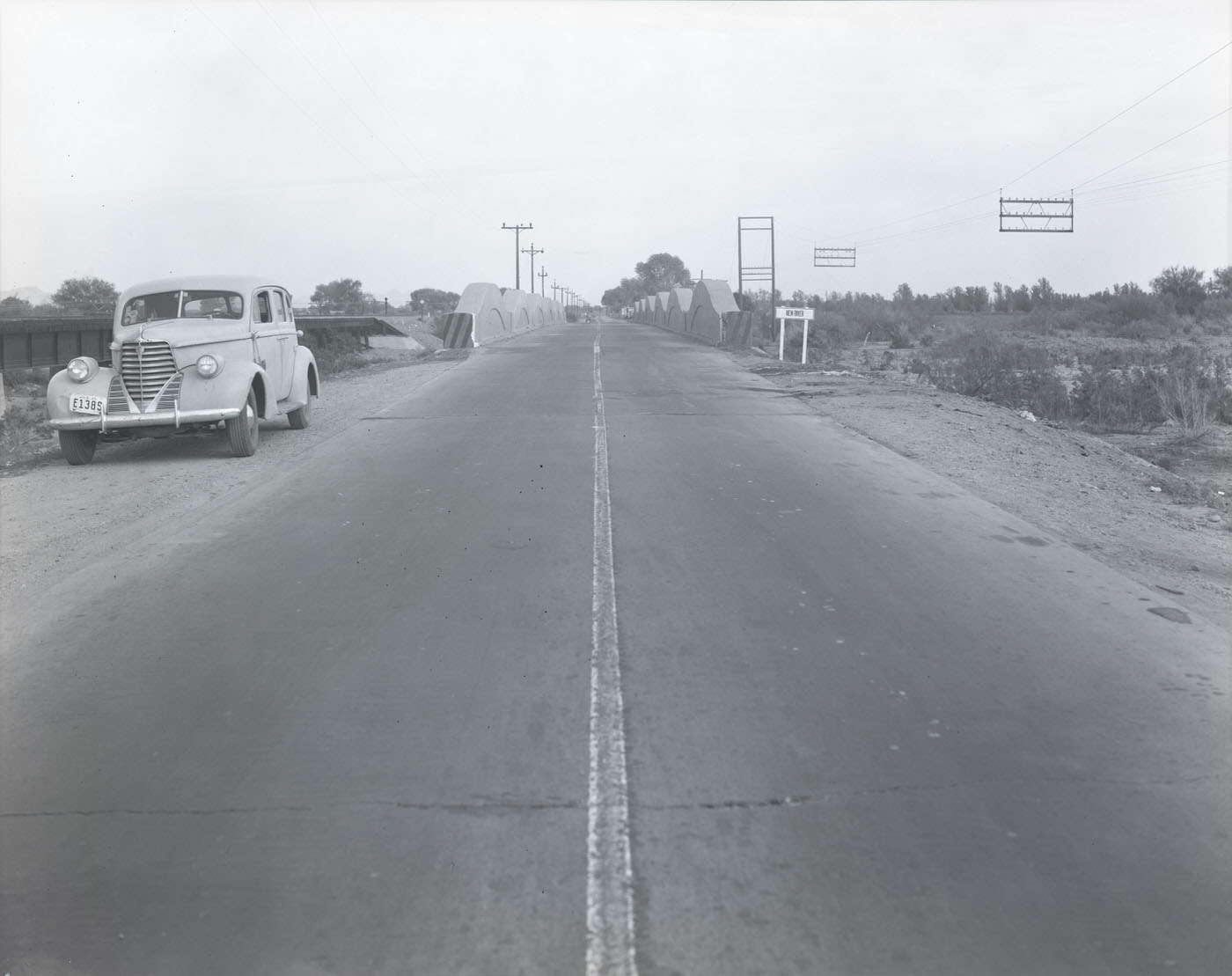
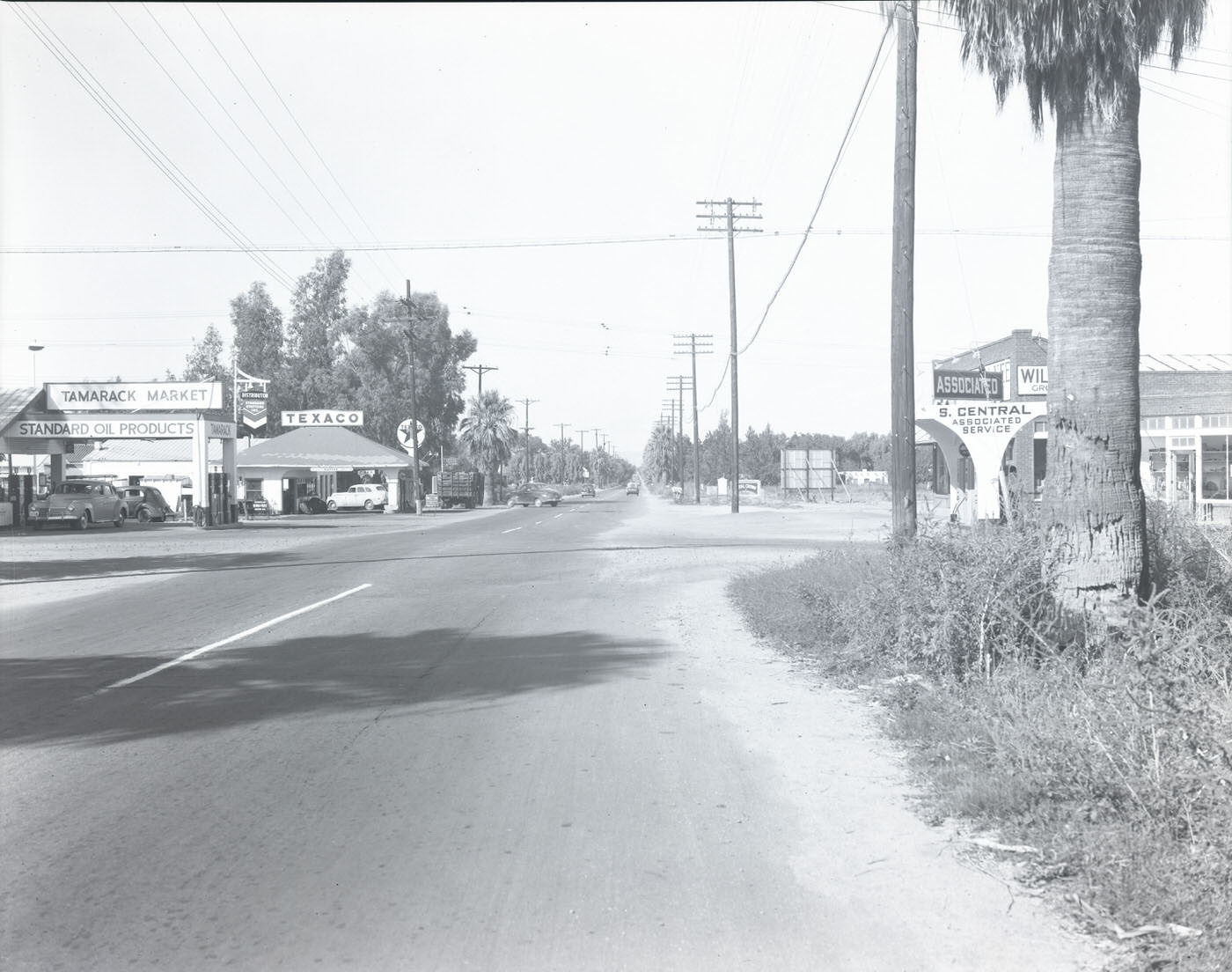
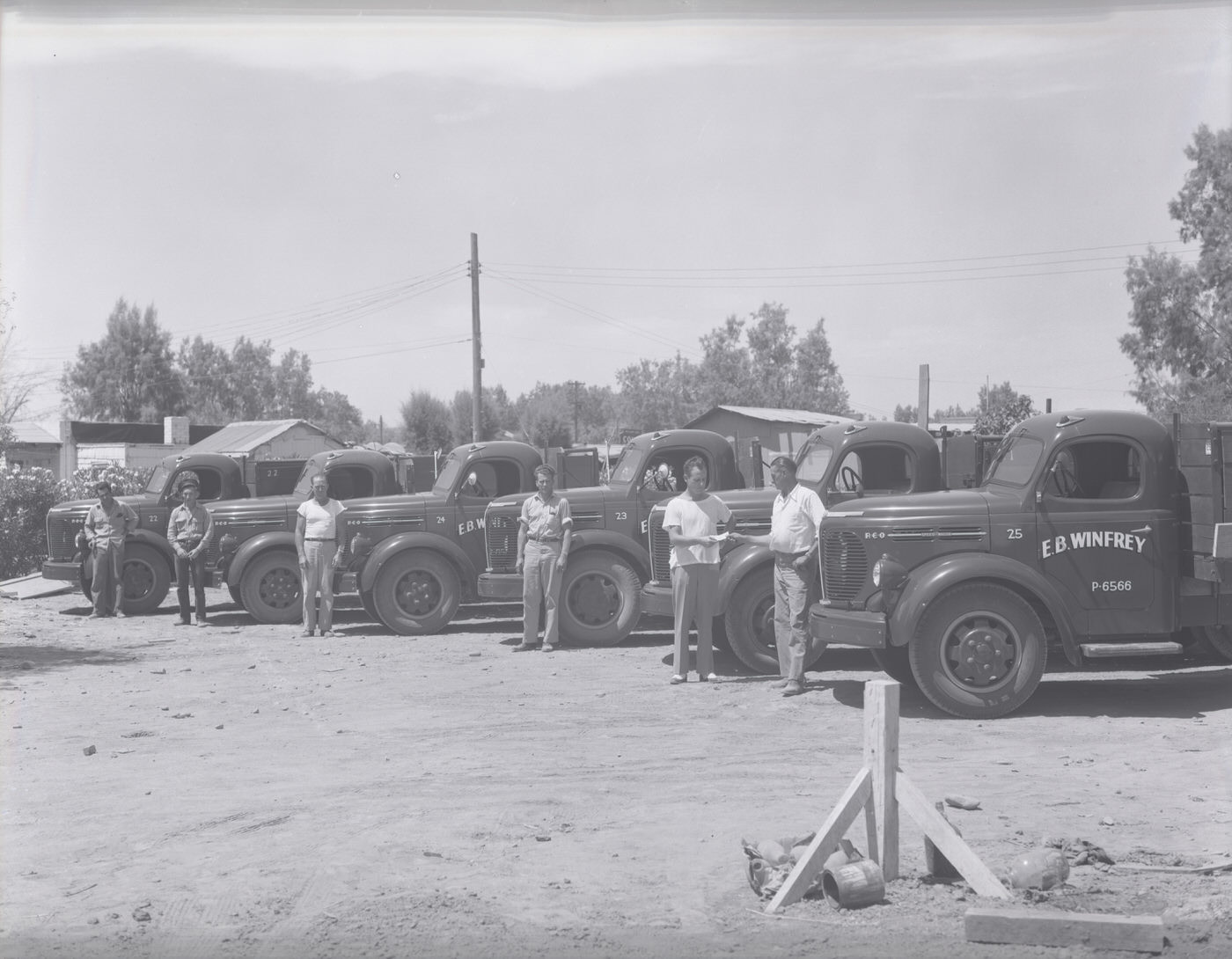
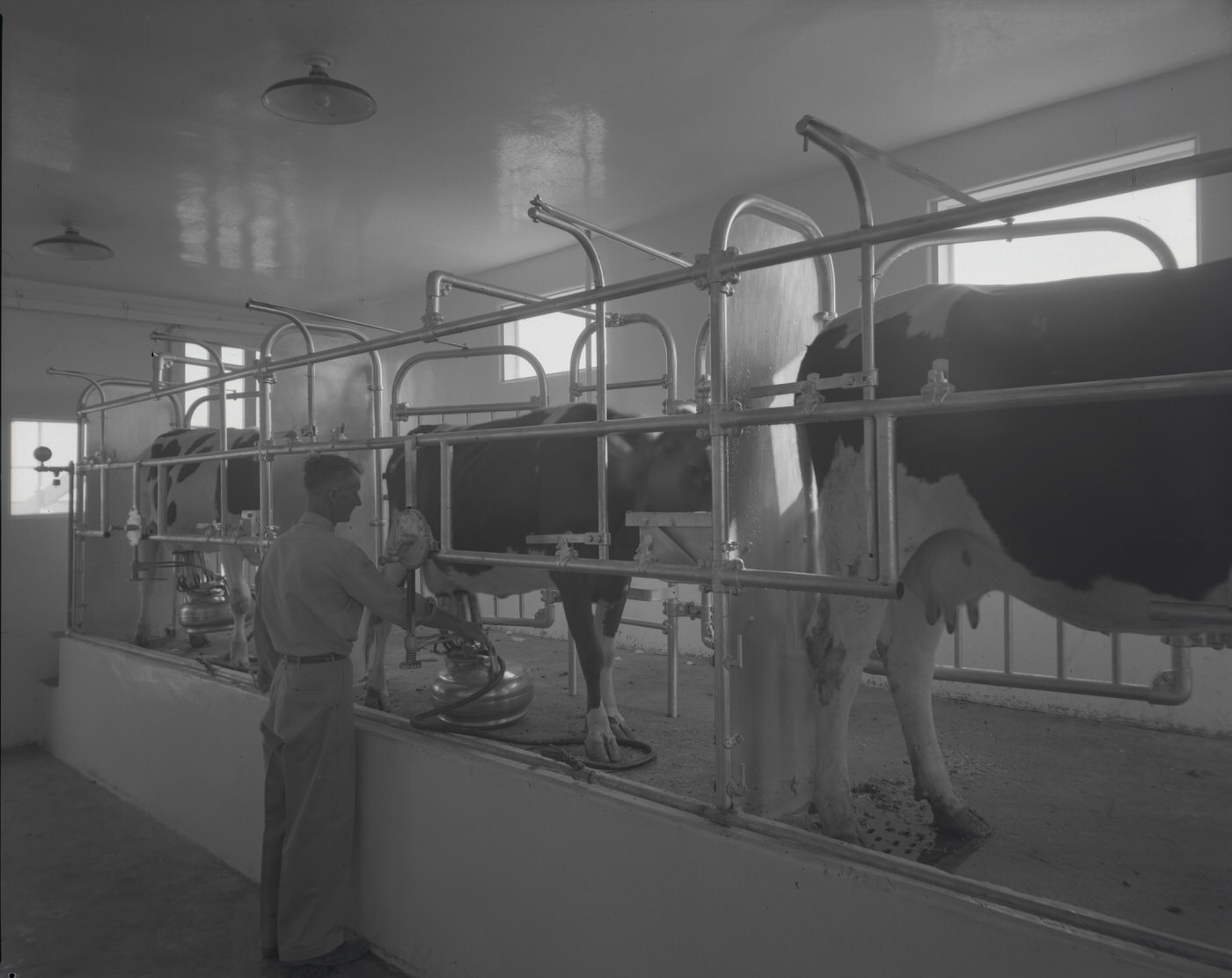
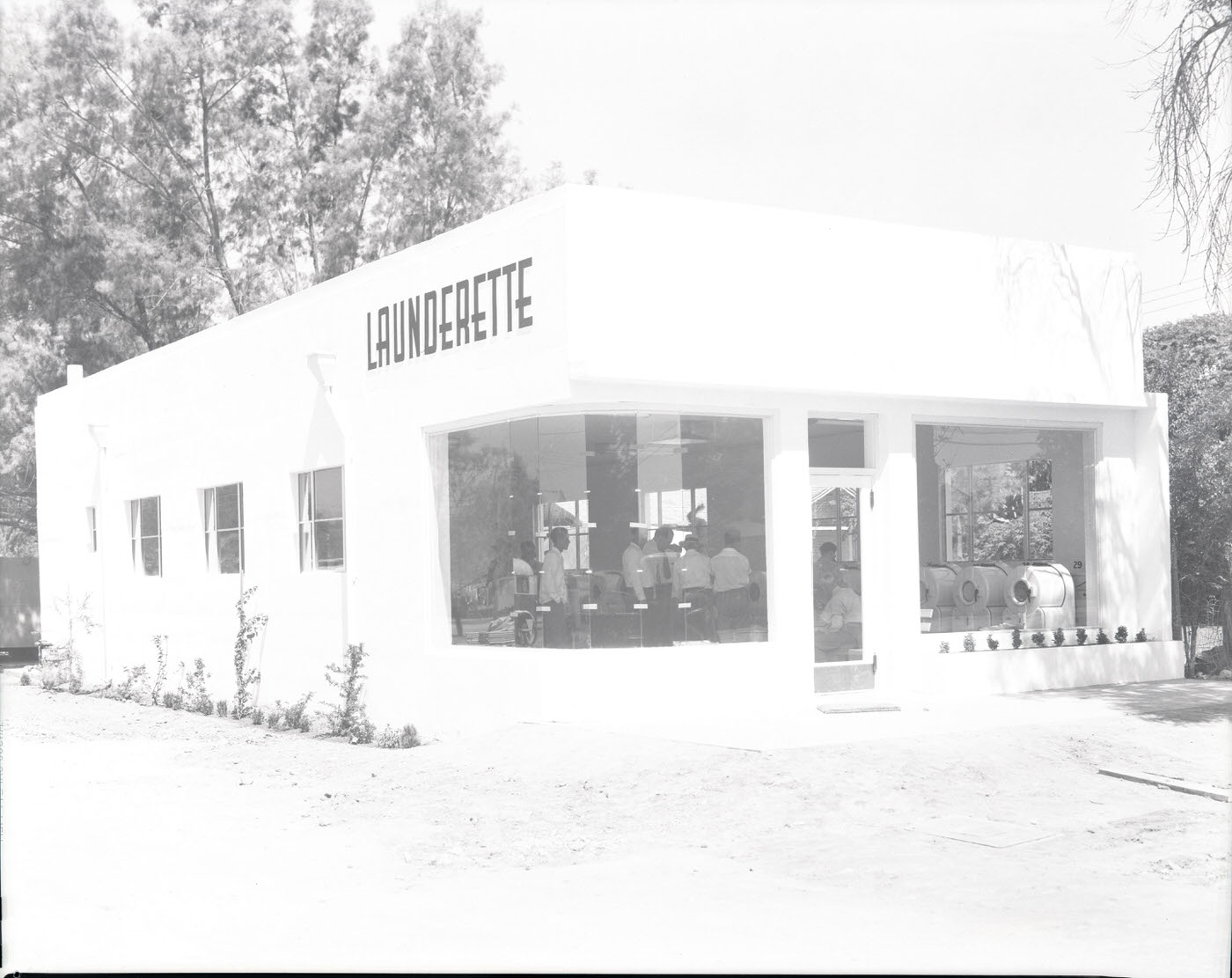
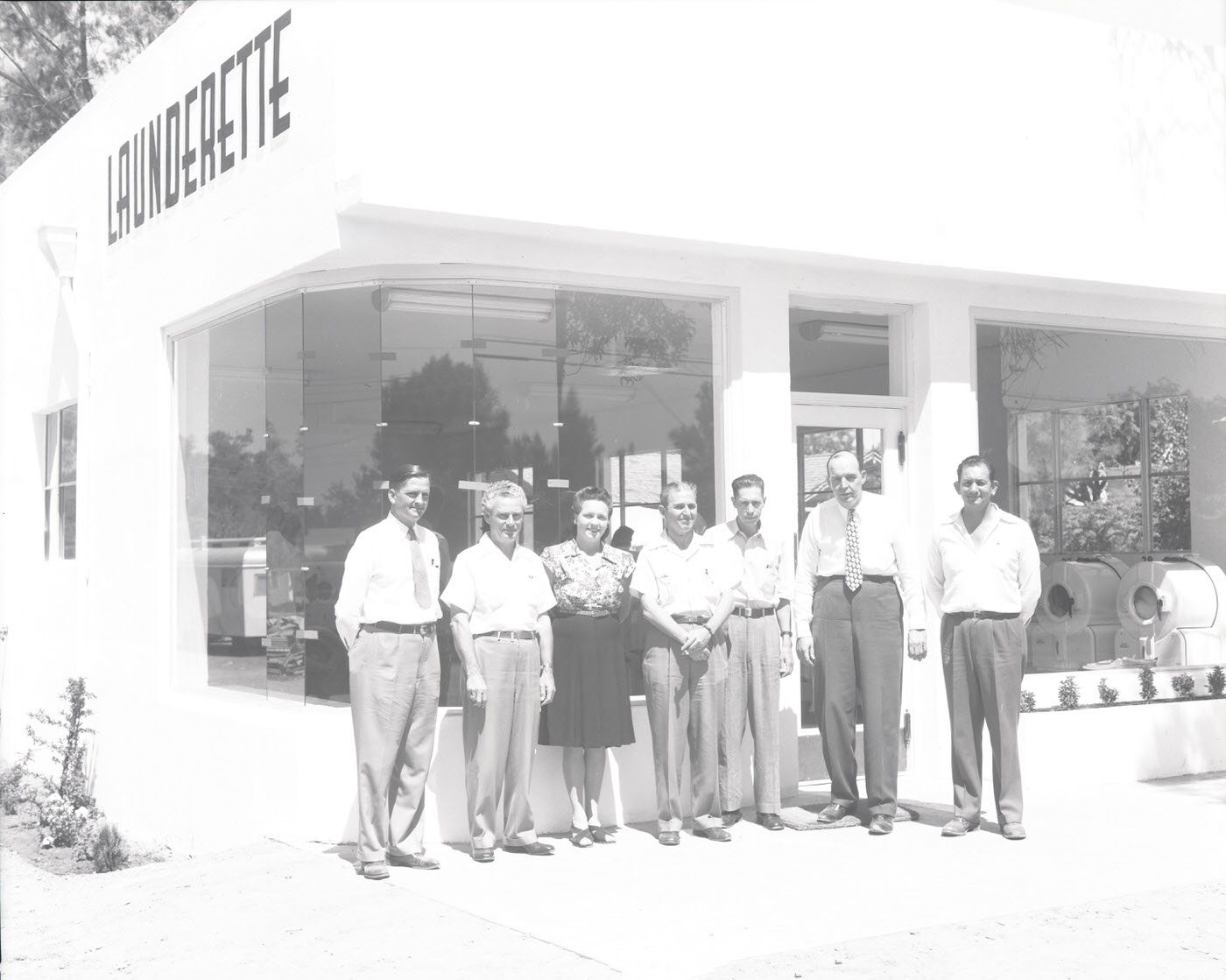
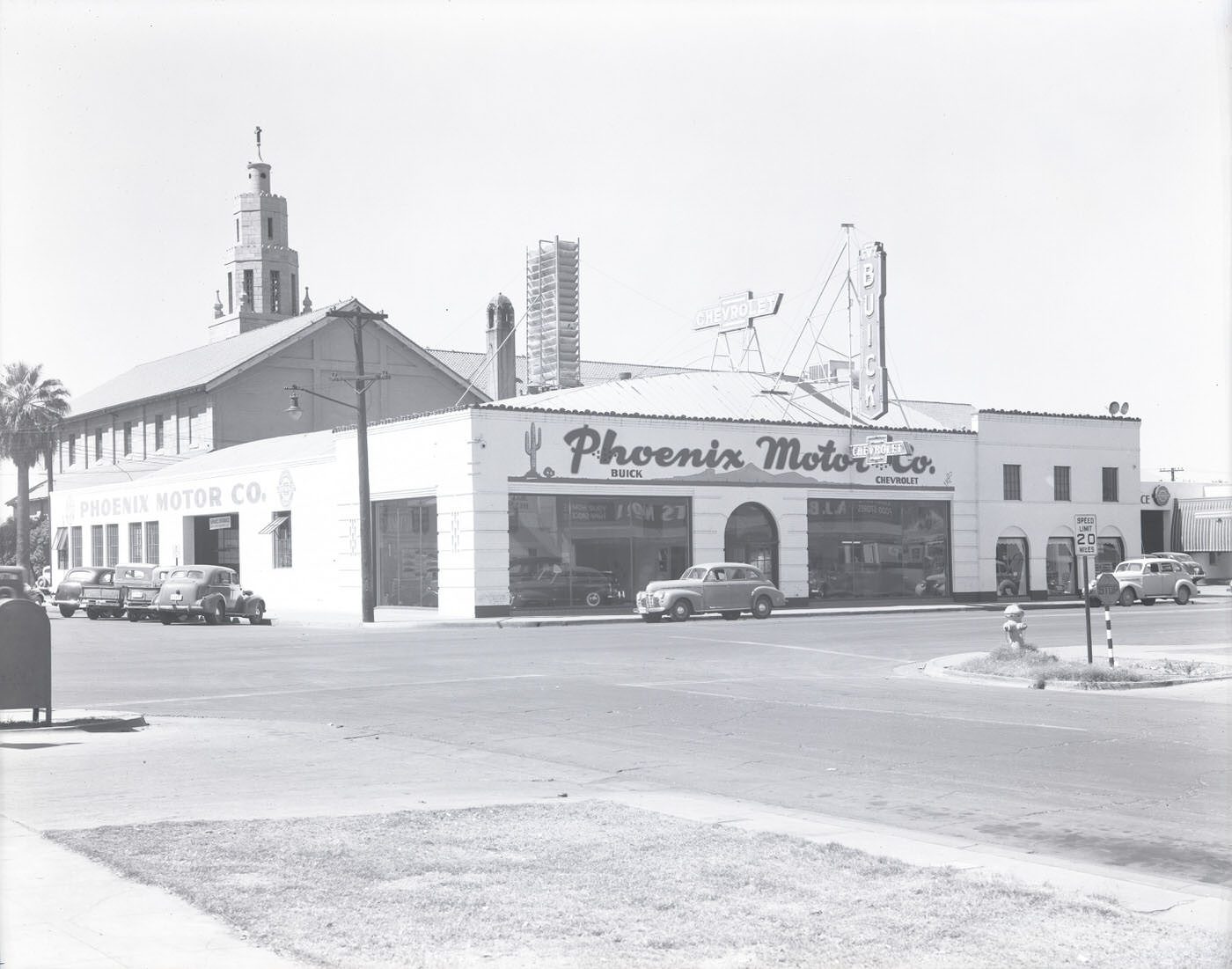
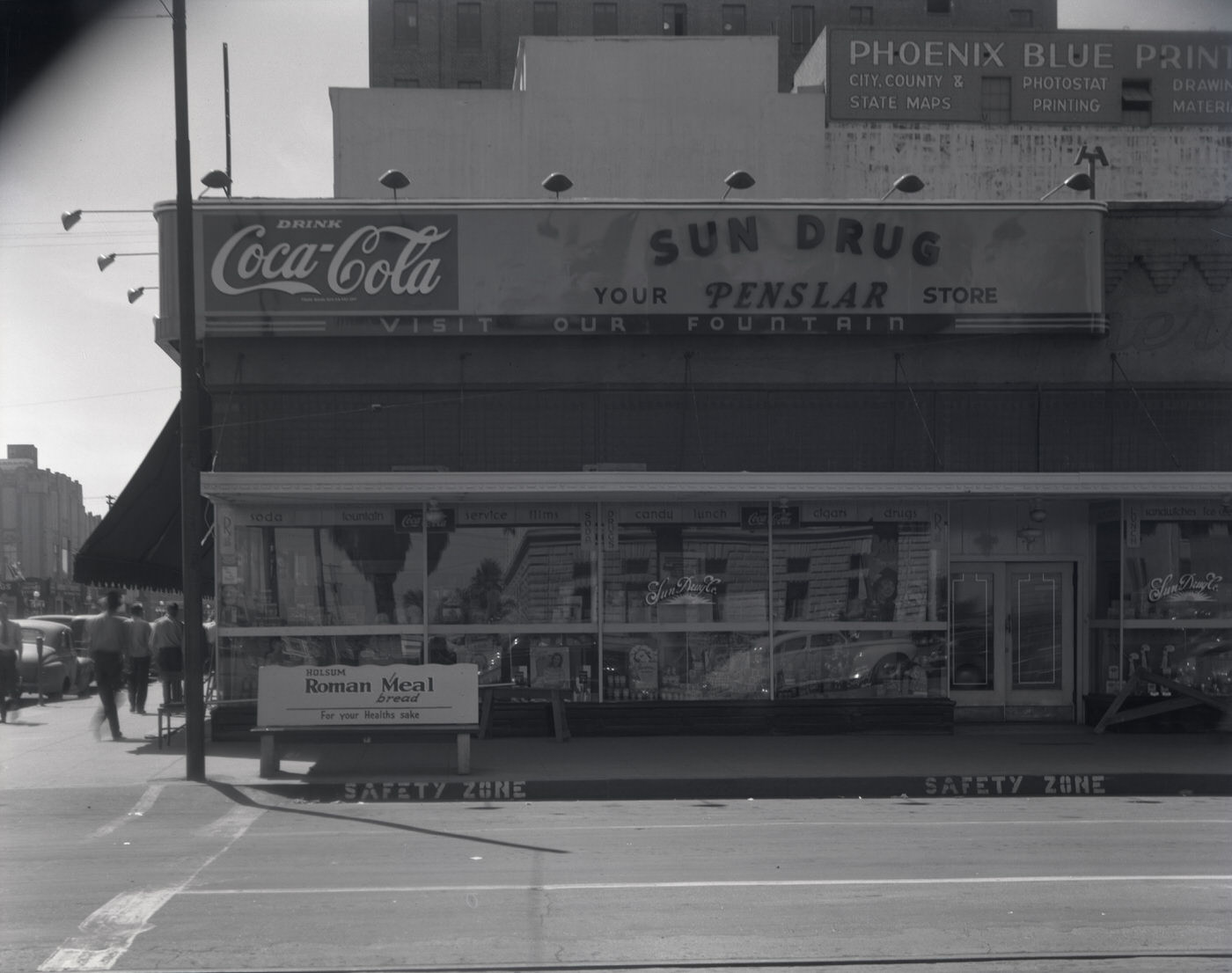
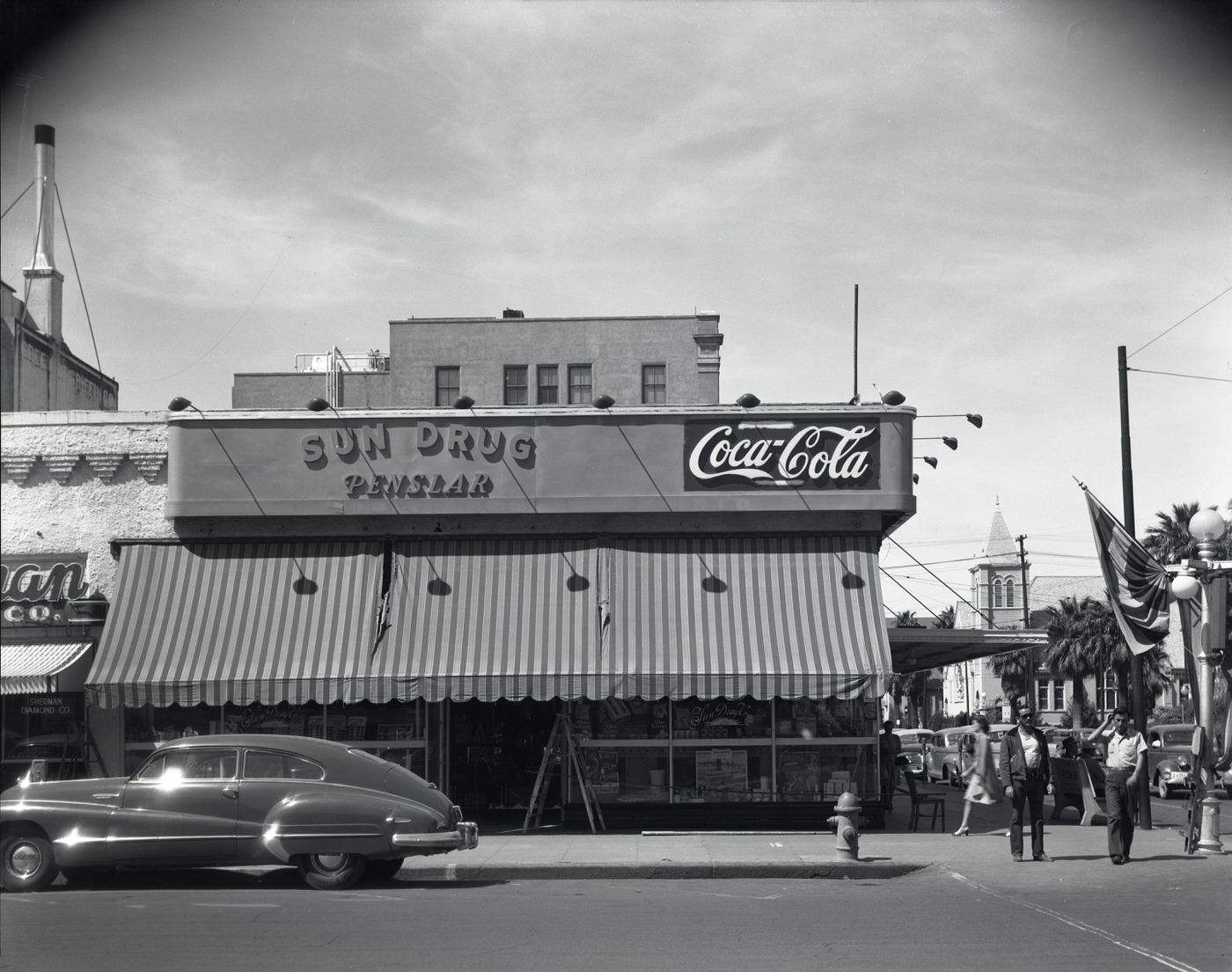
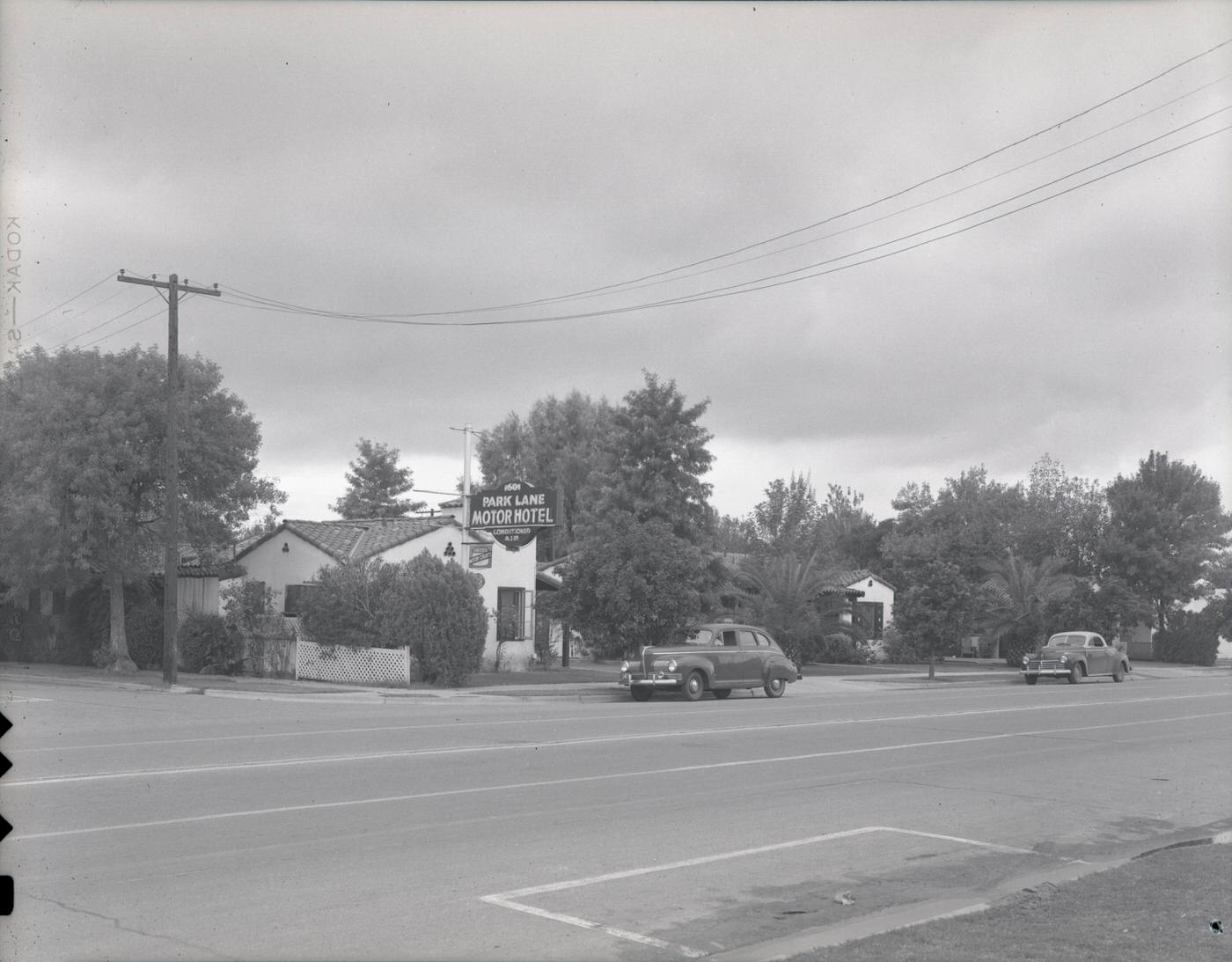
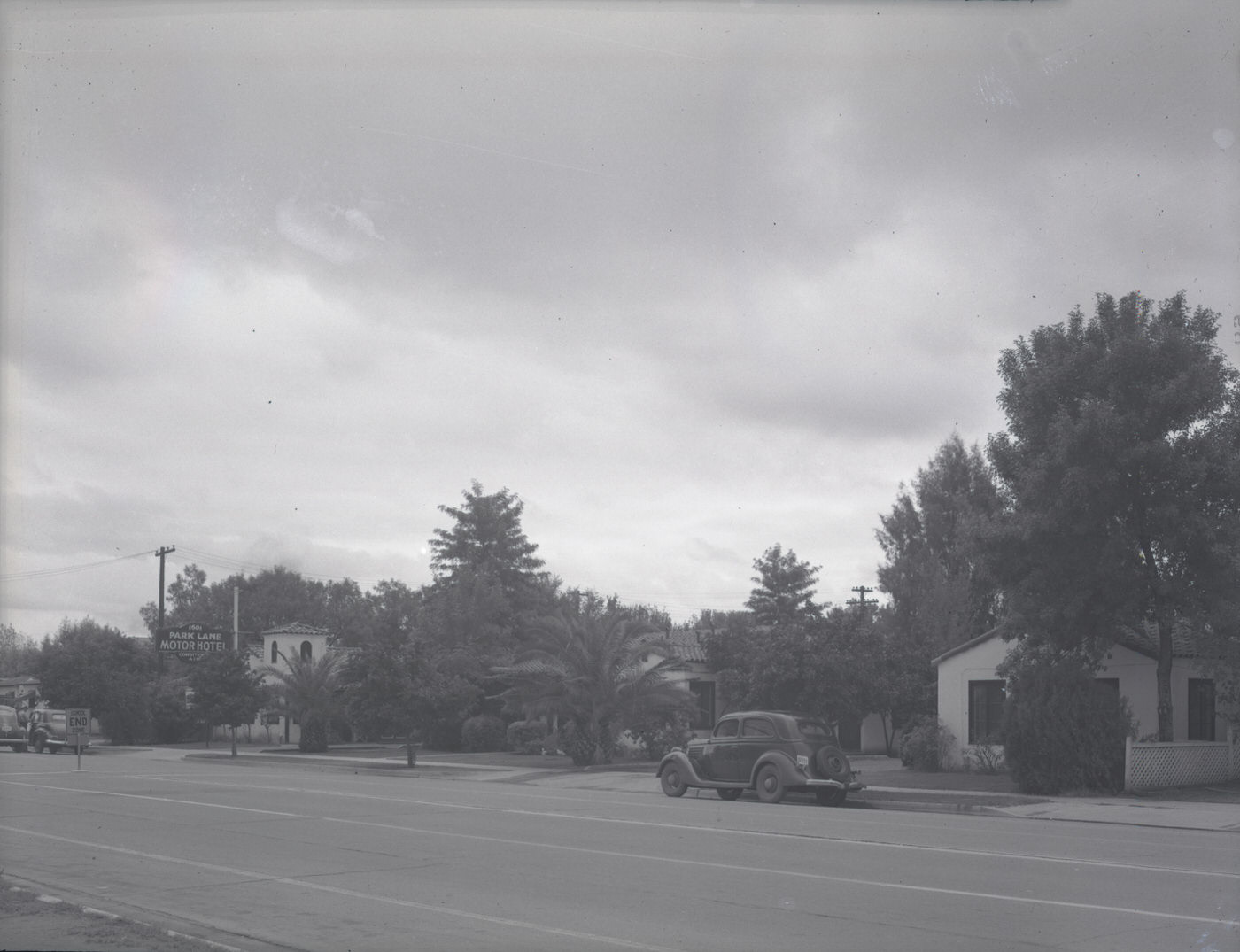
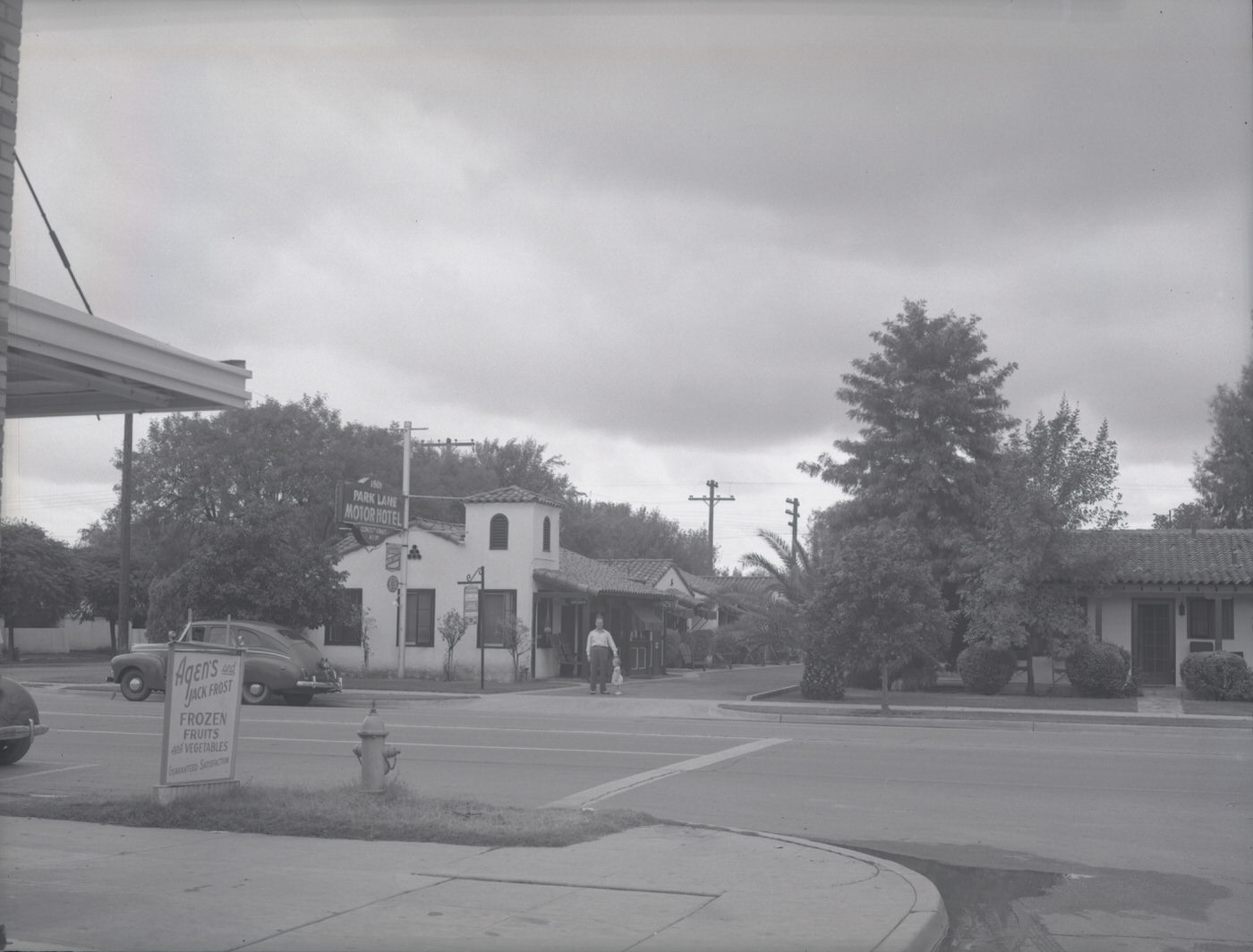
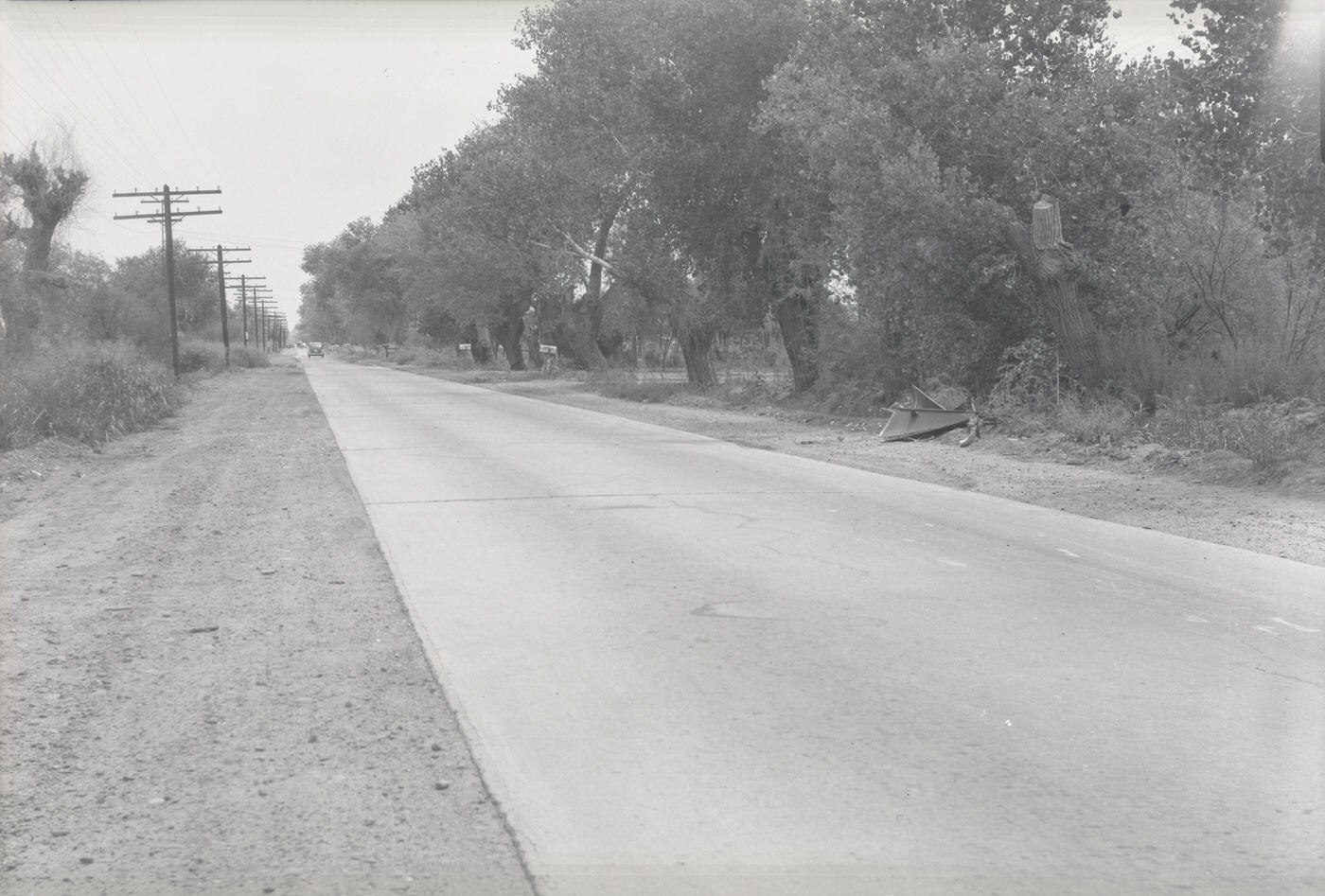
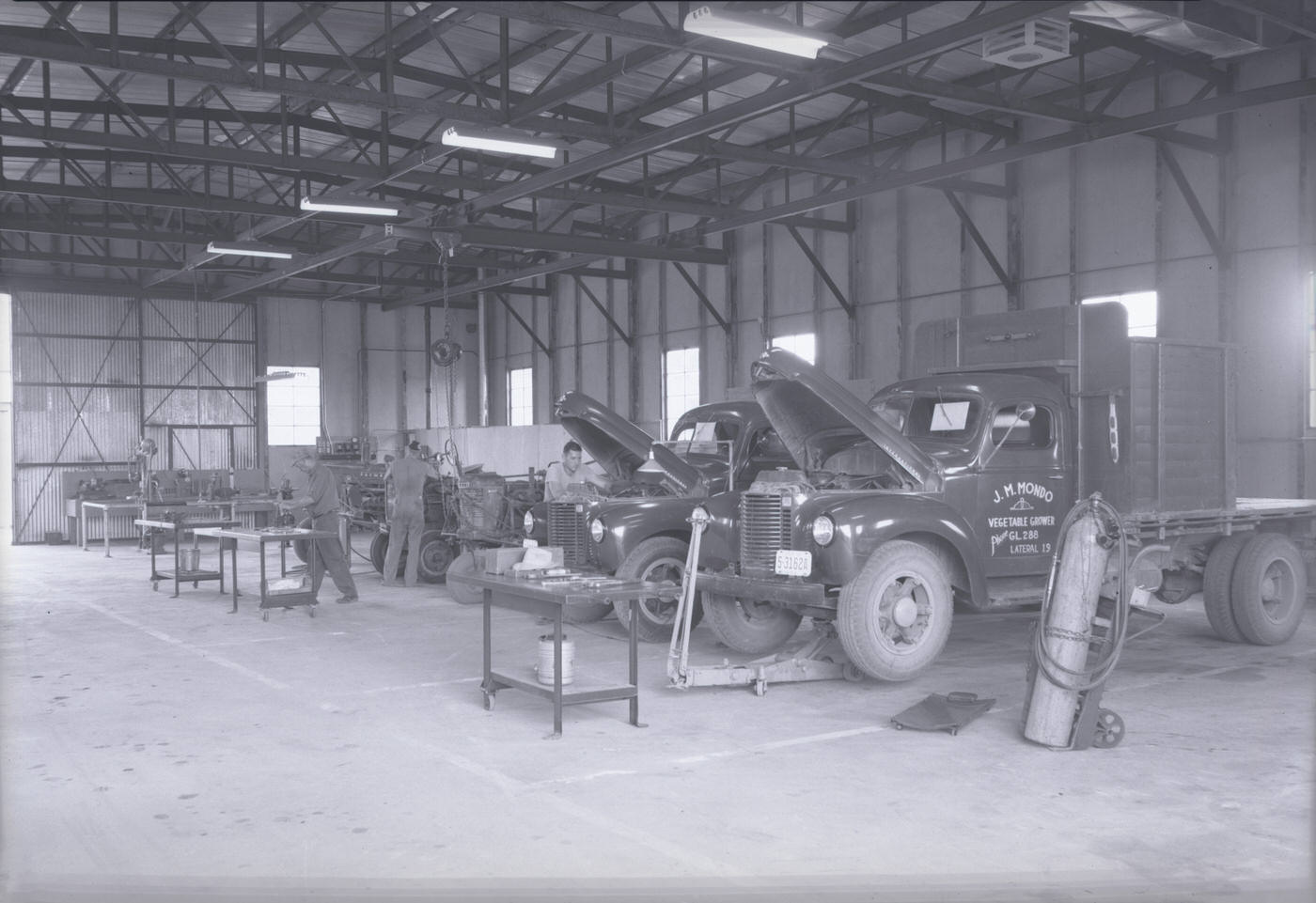
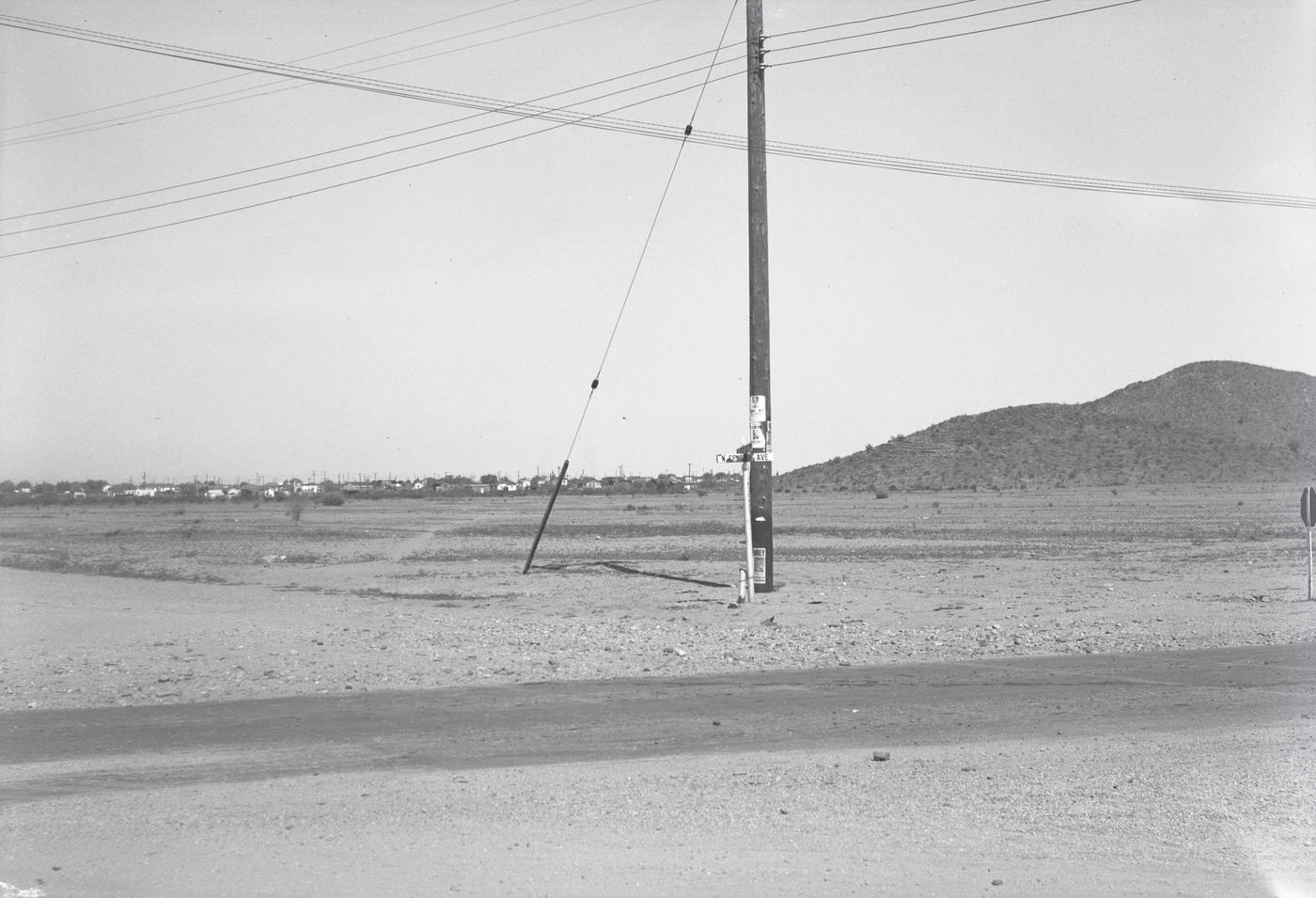
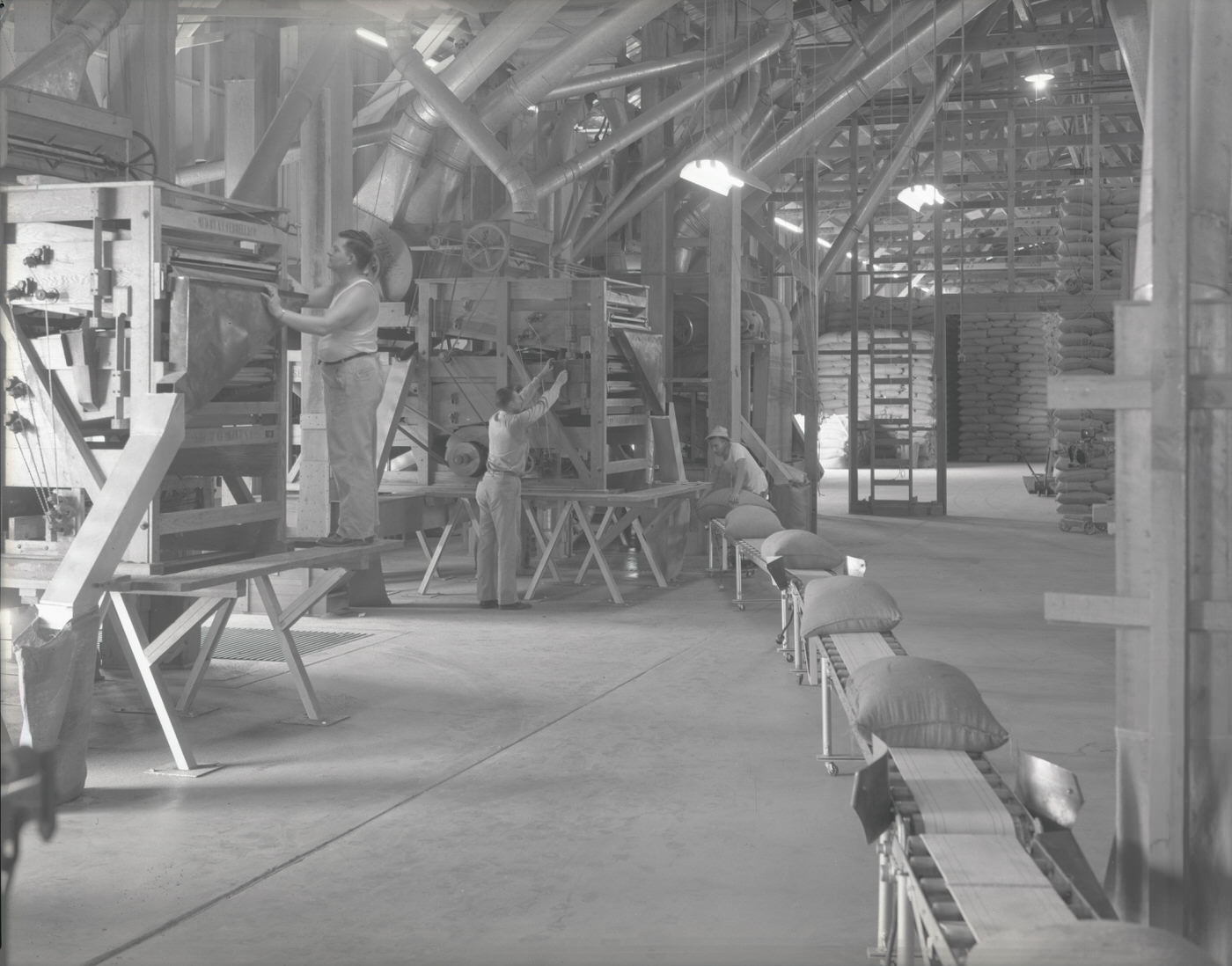
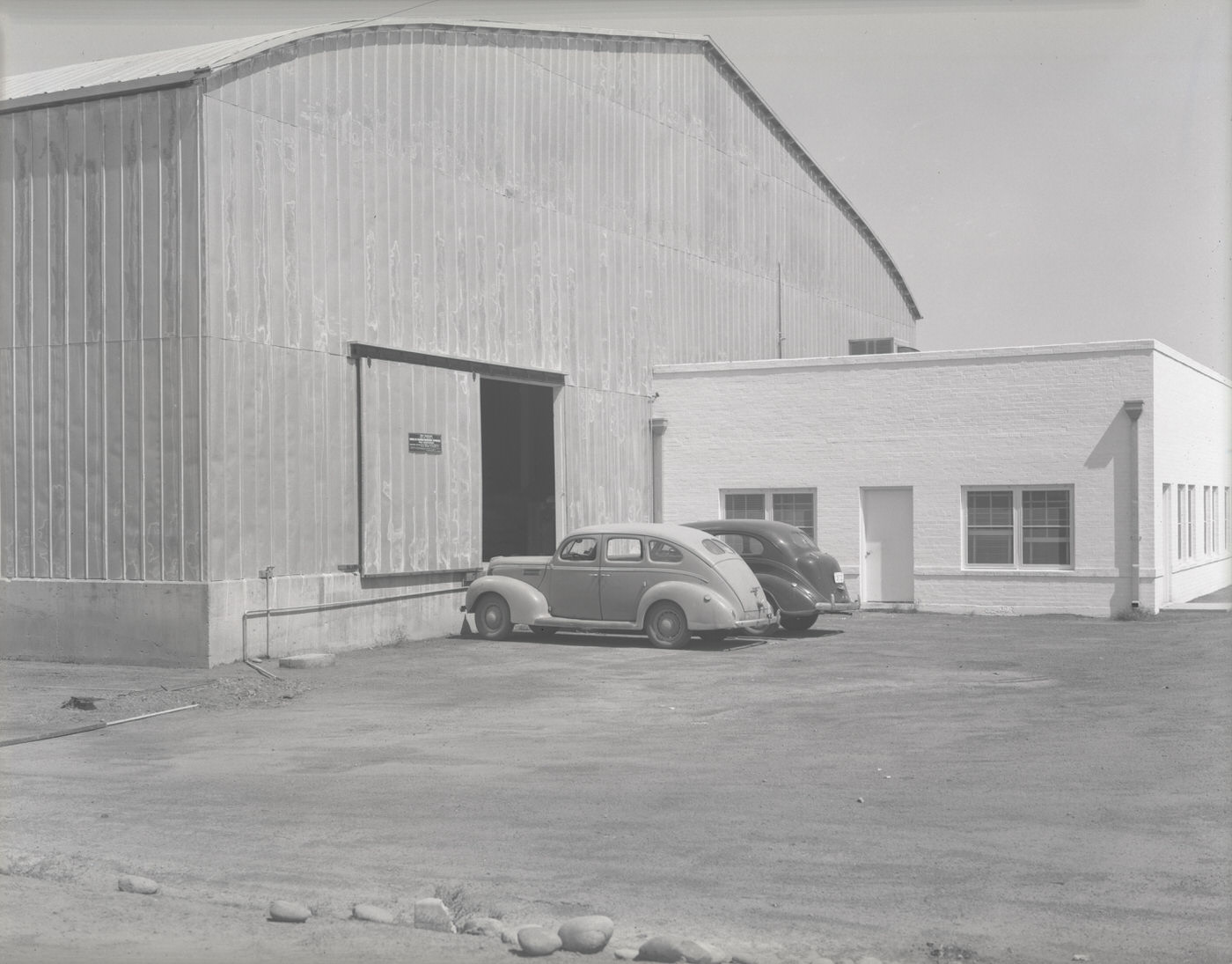

Wow the city was so different back then
Just moved here myself two years ago,but it blows my mind how quickly the metro’s just proliferated! I heard that Gilbert had about 5,000 people in, like, 1980
The year after my house was built! It’s interesting to reflect on how different it was back then, and how it’s shaped the structure of our city today.
My granda mother and mom moved here that year,she told me van buren was the nicest street in town,a visual i never could’ve imagined until that coment!
Fentanyl free Phoenix